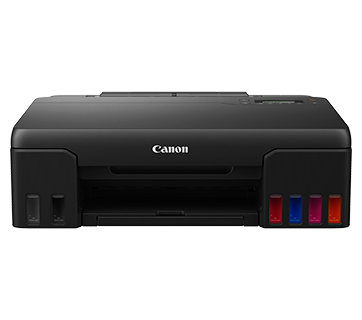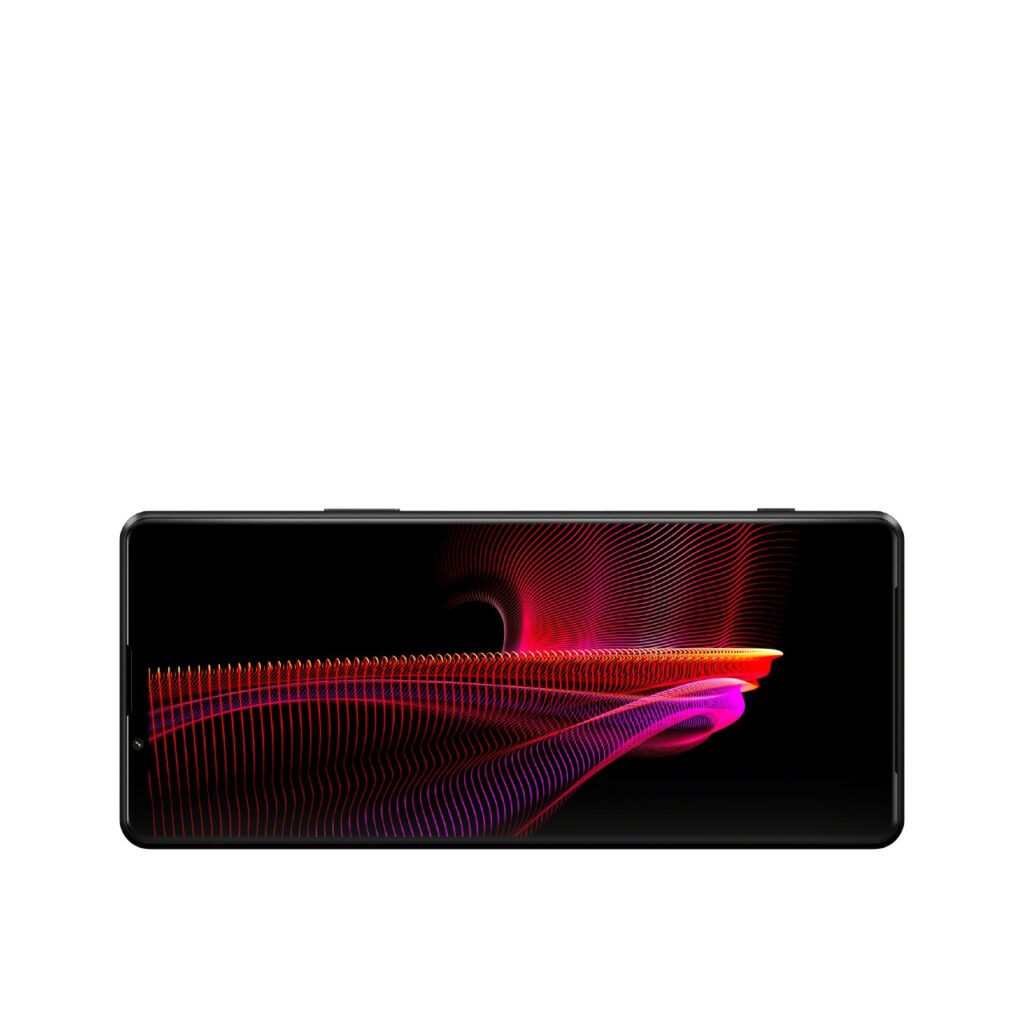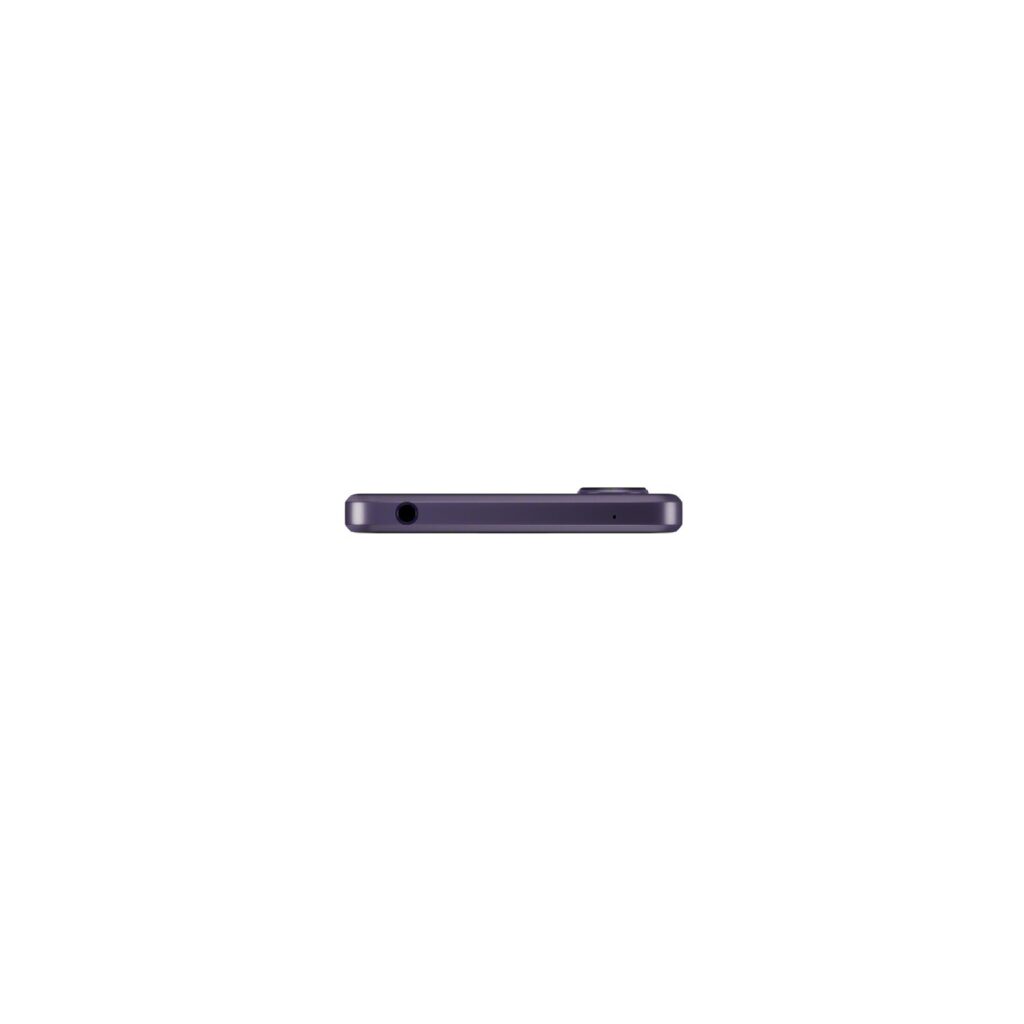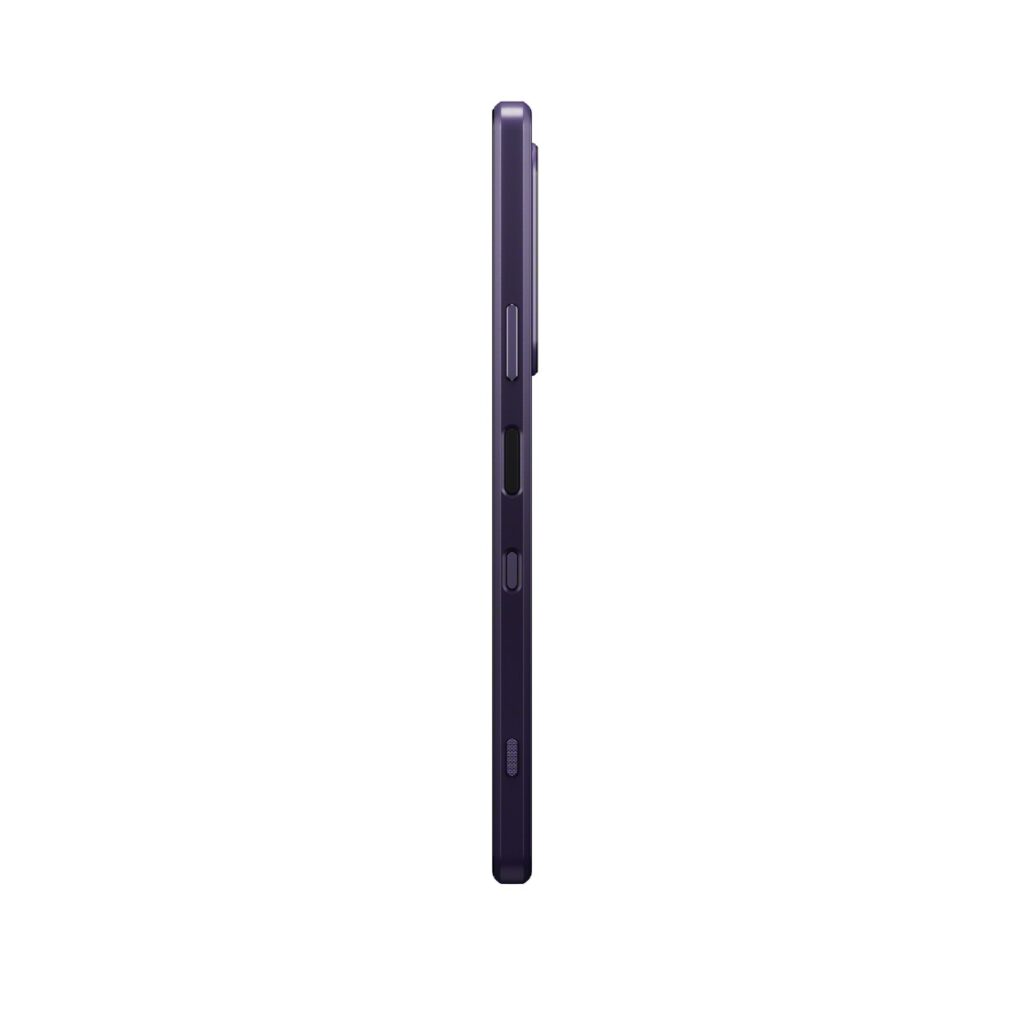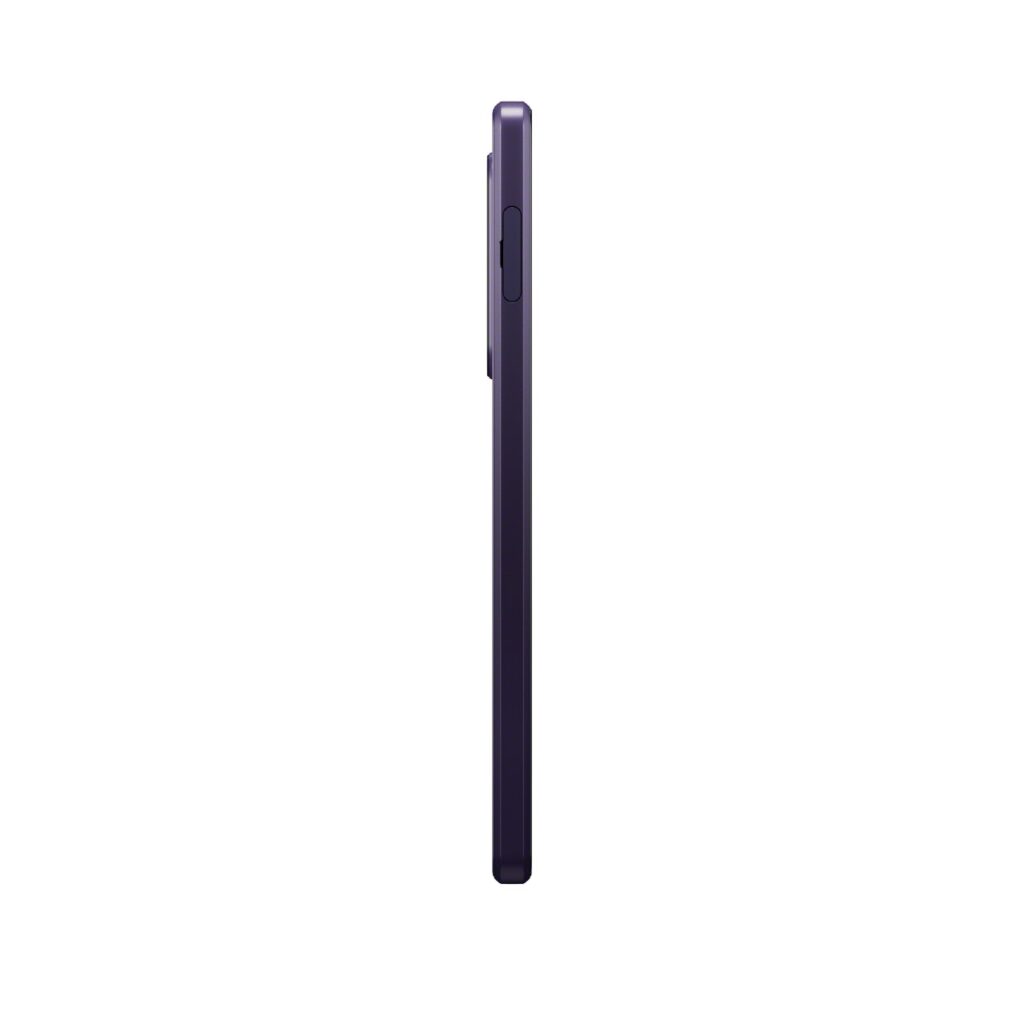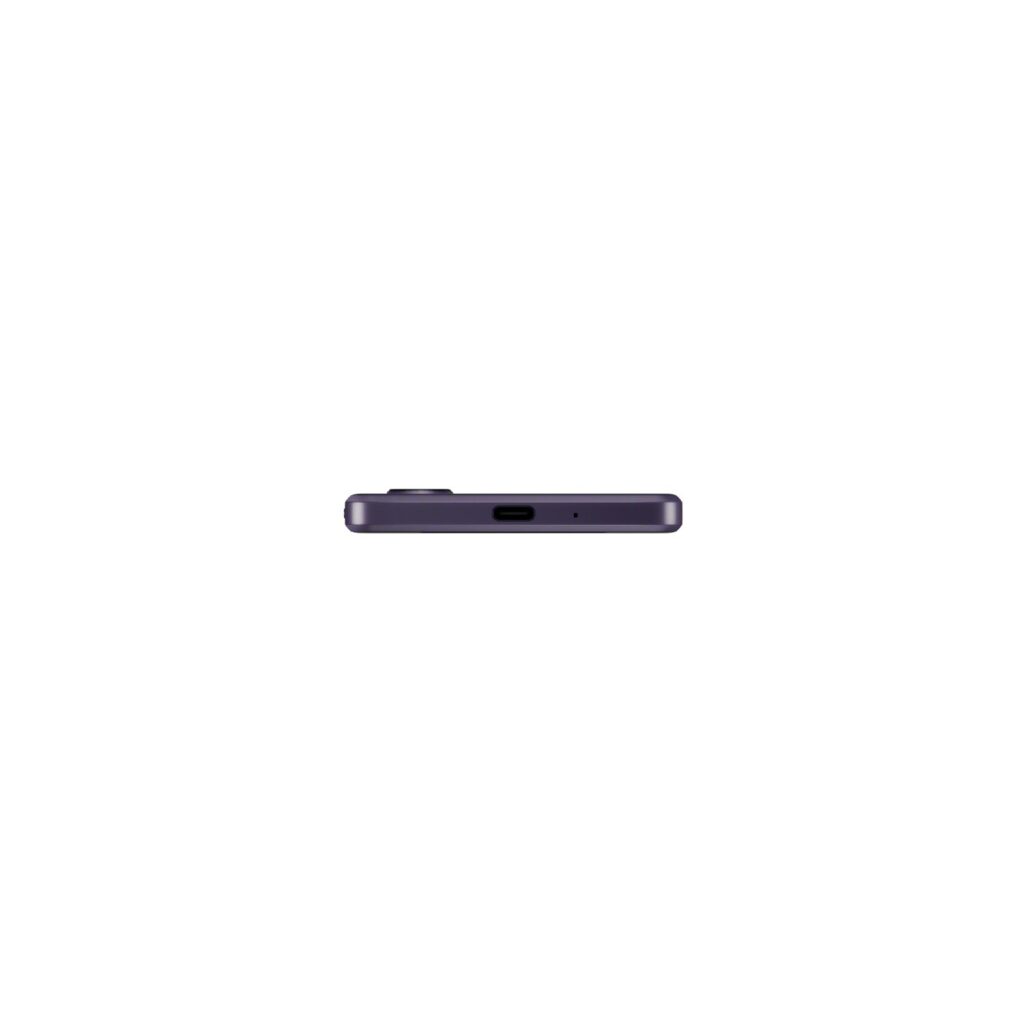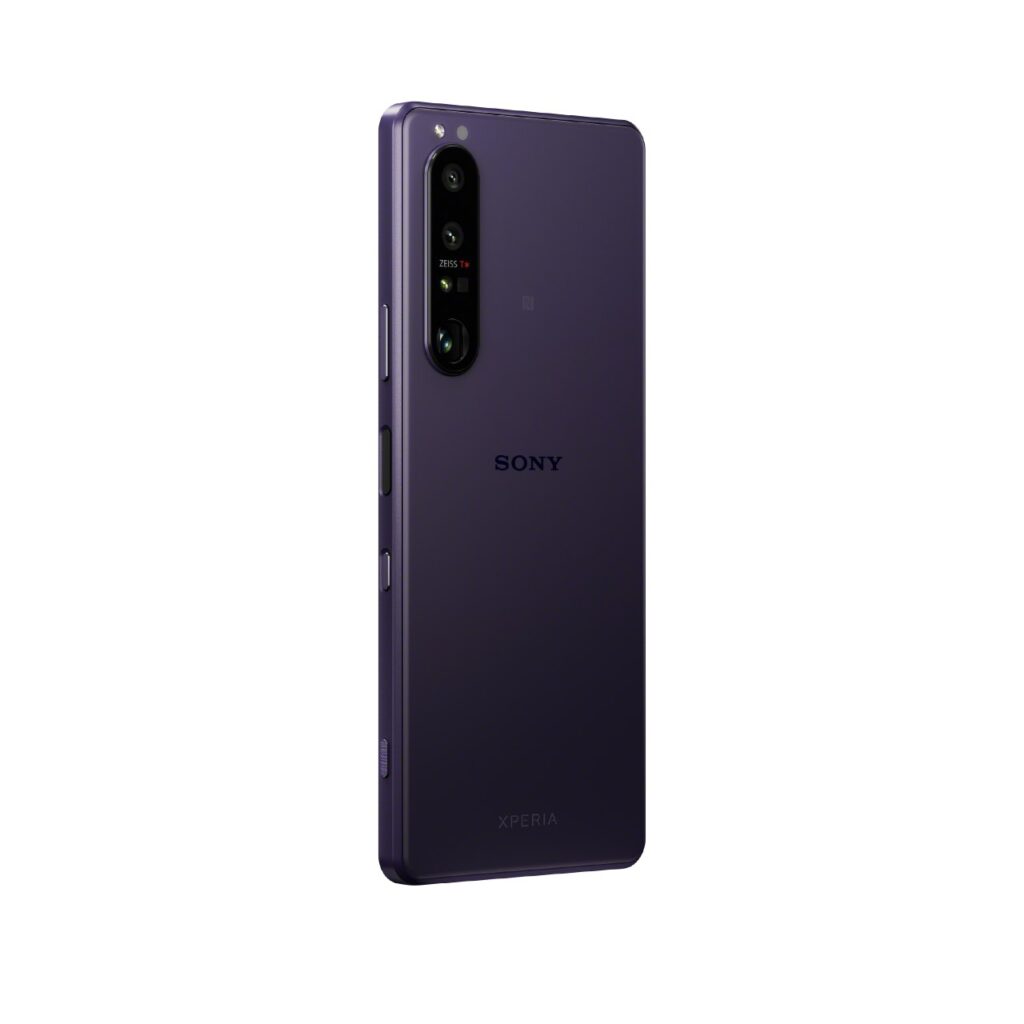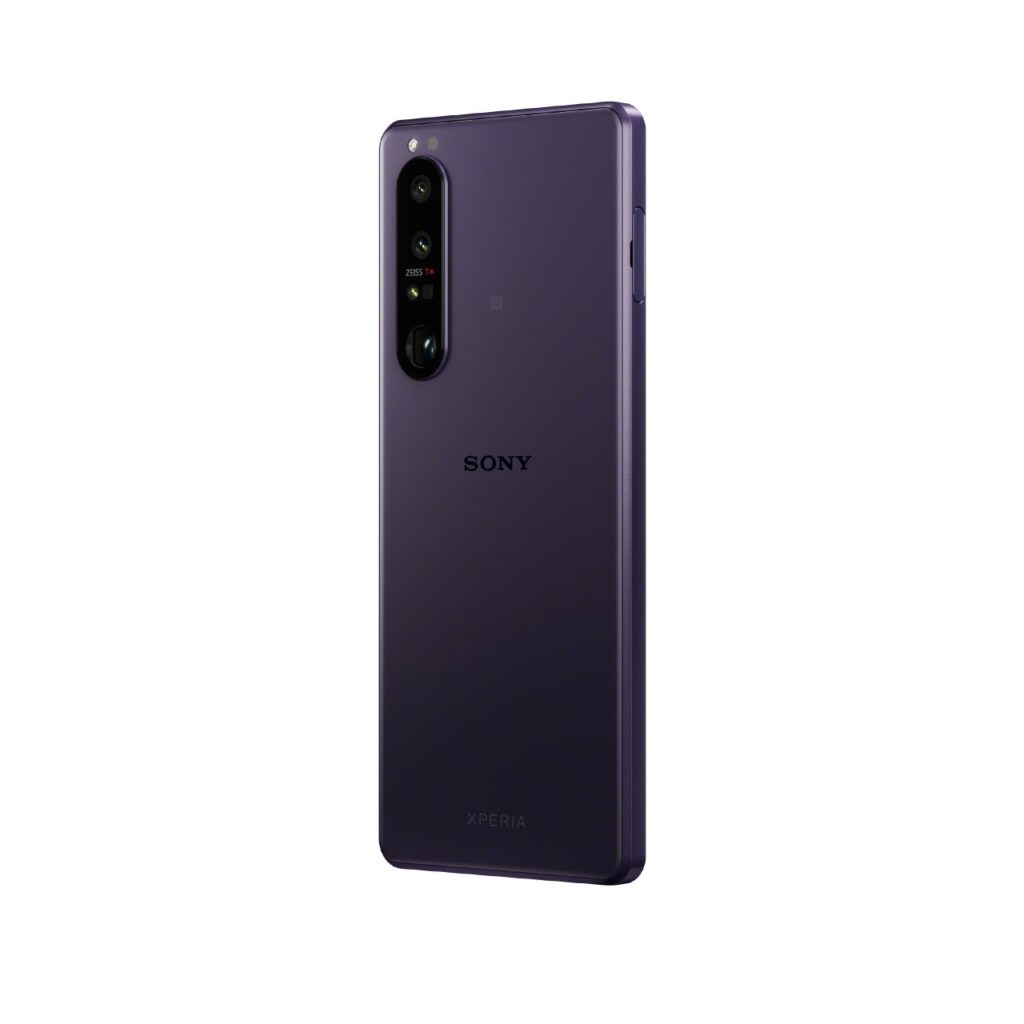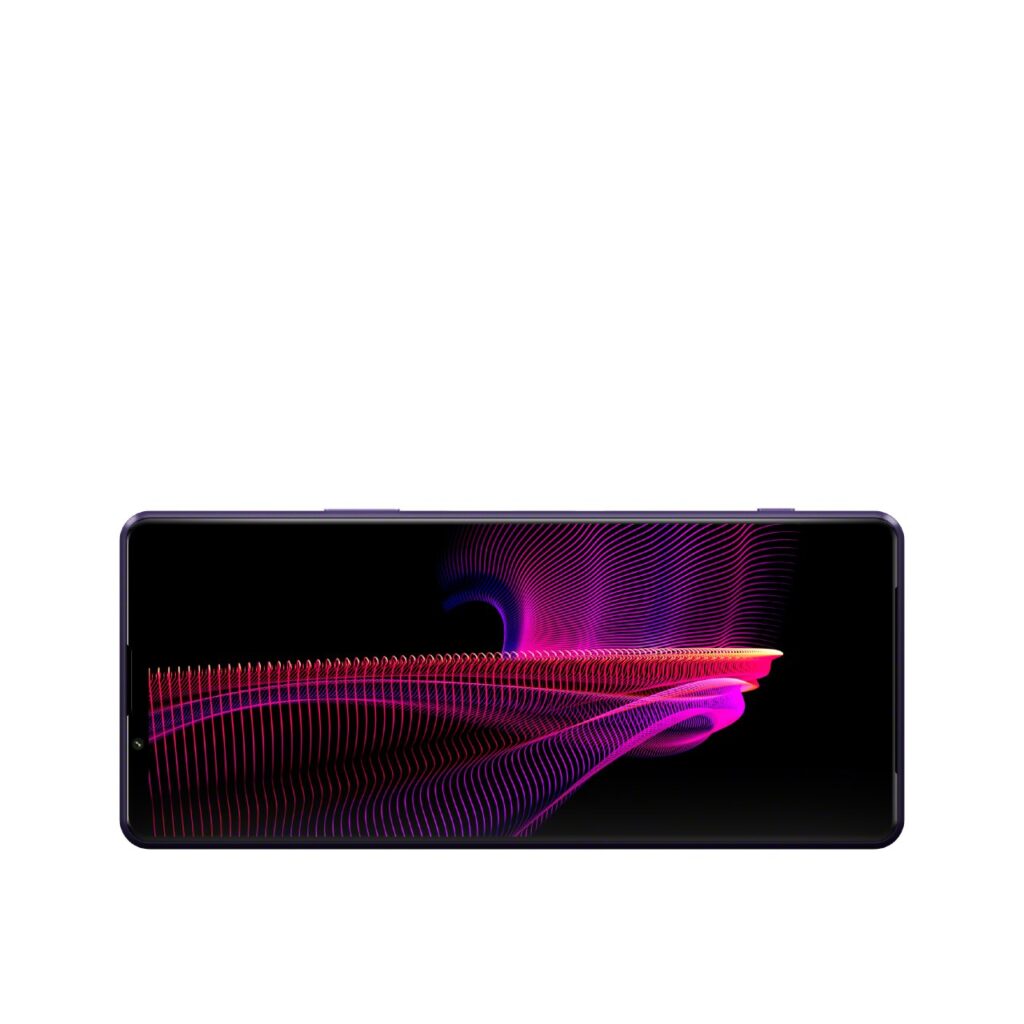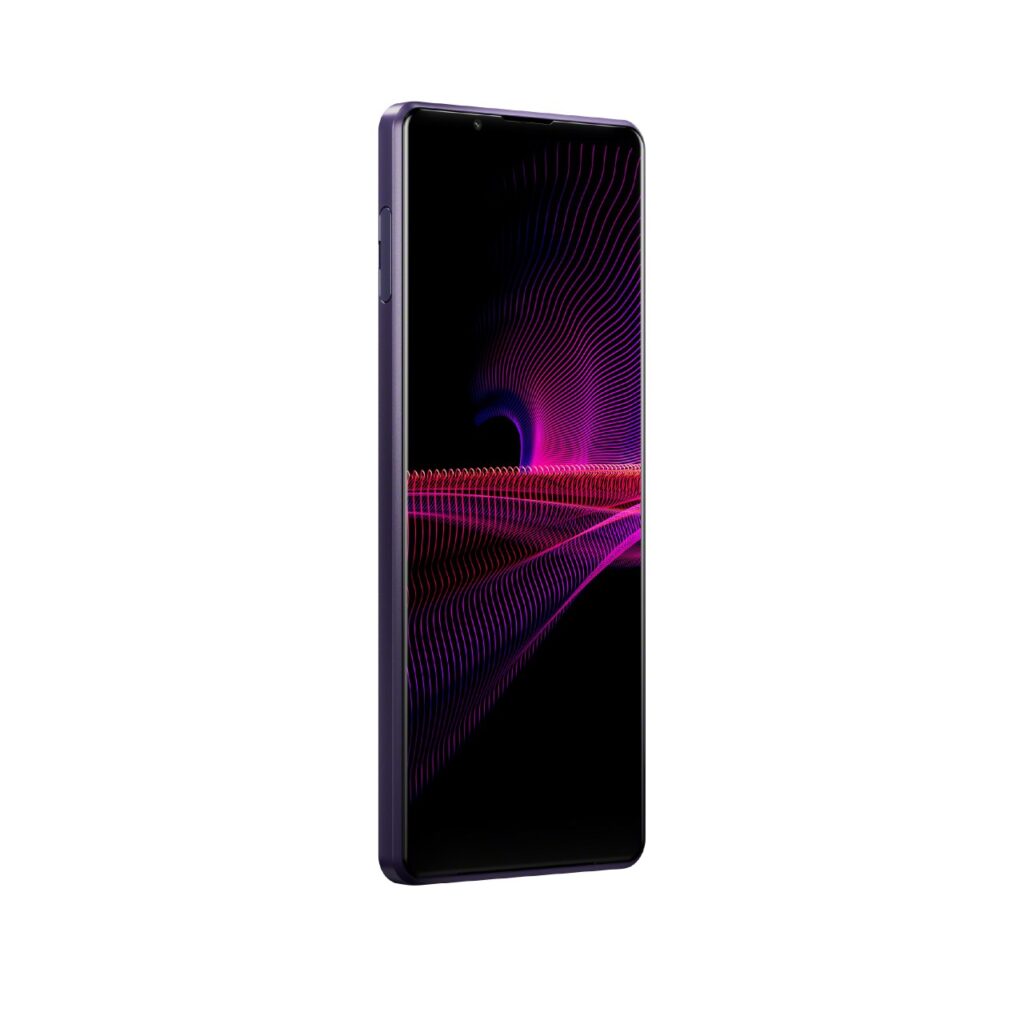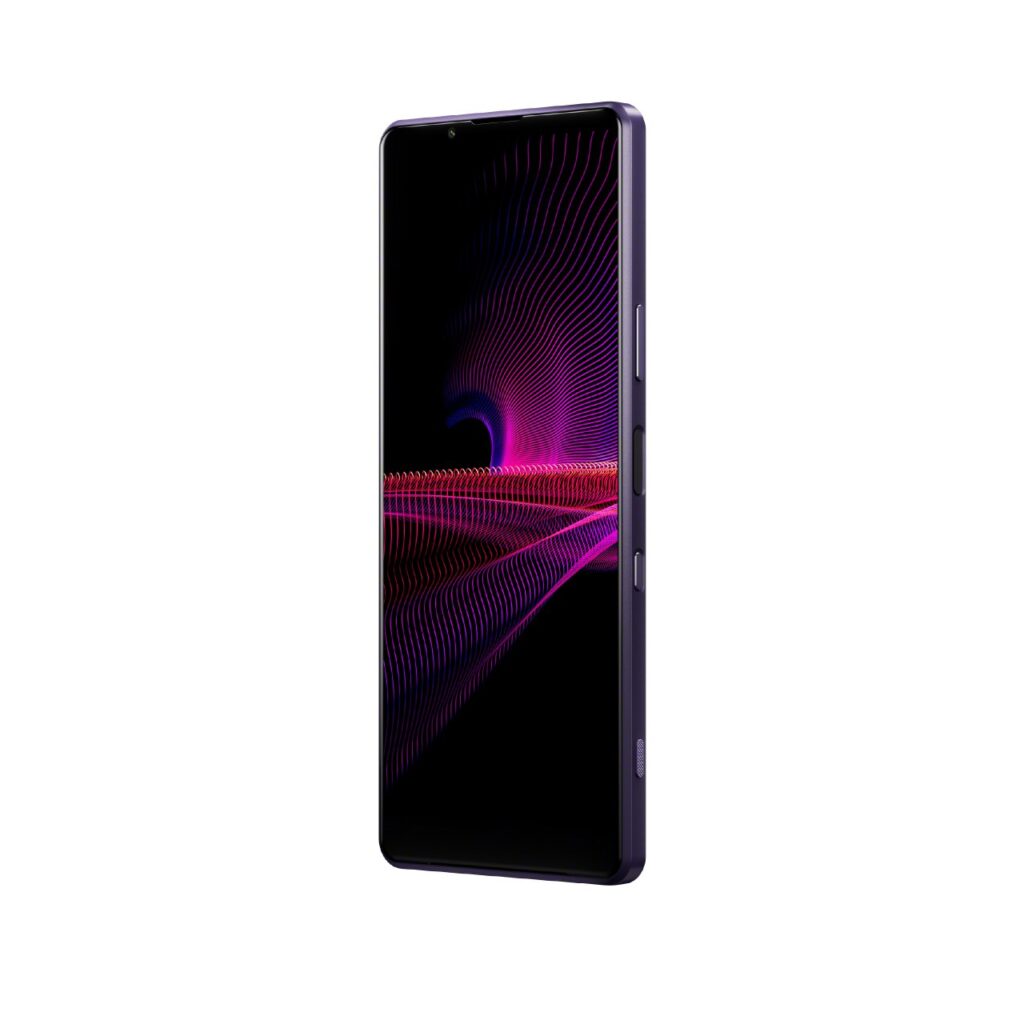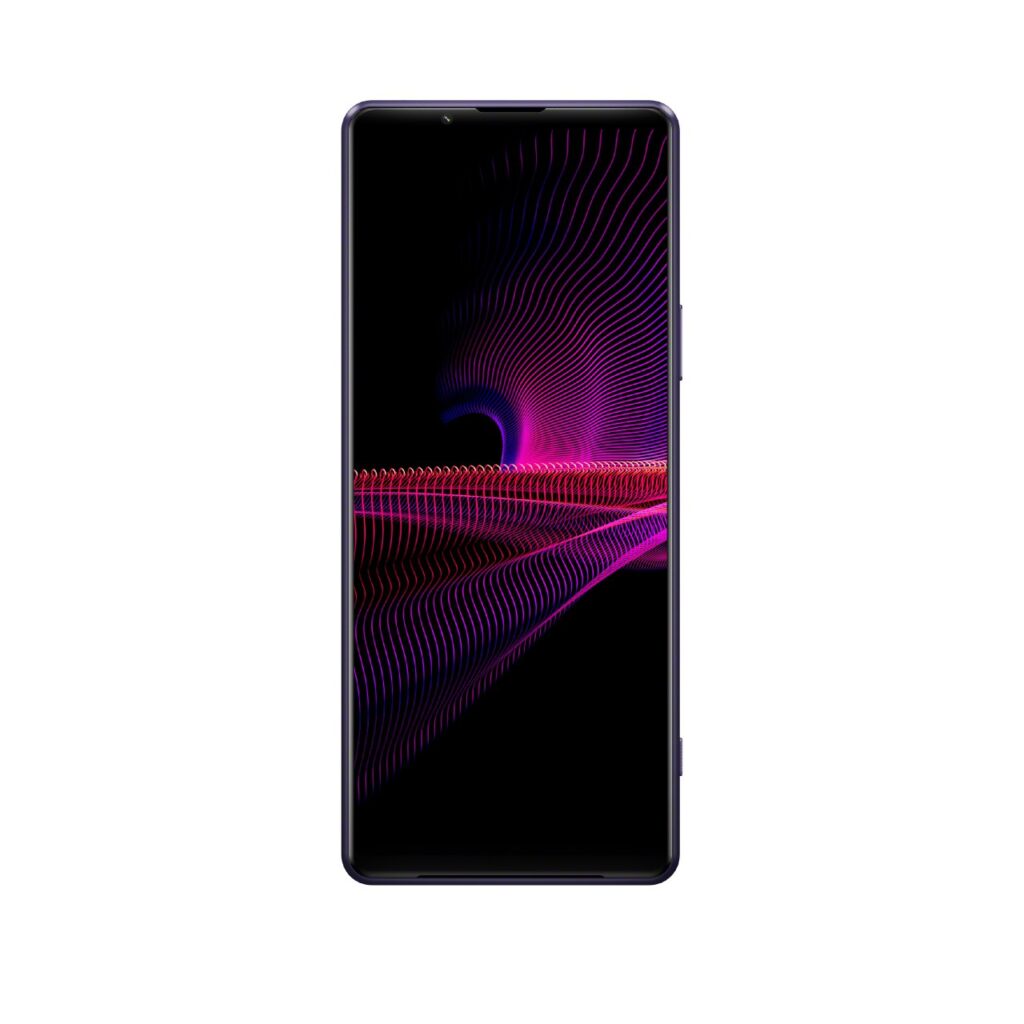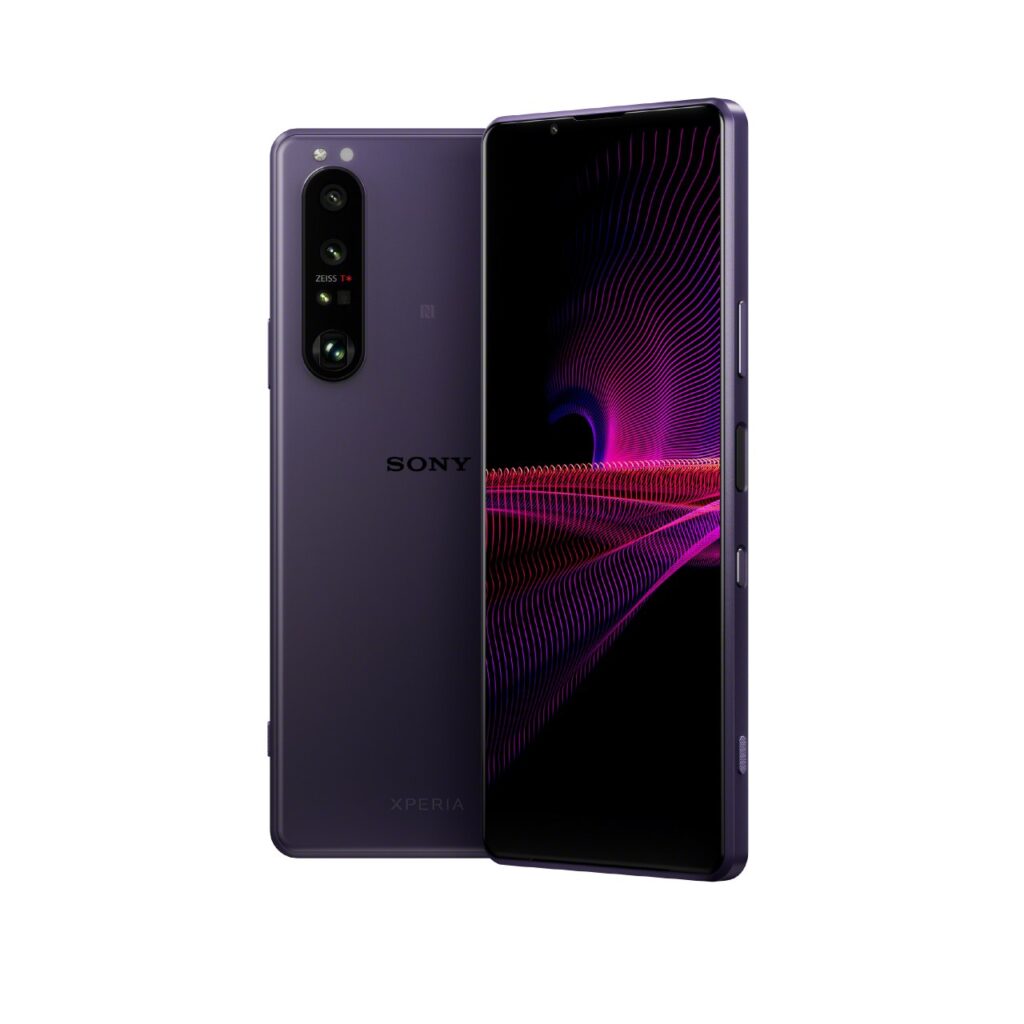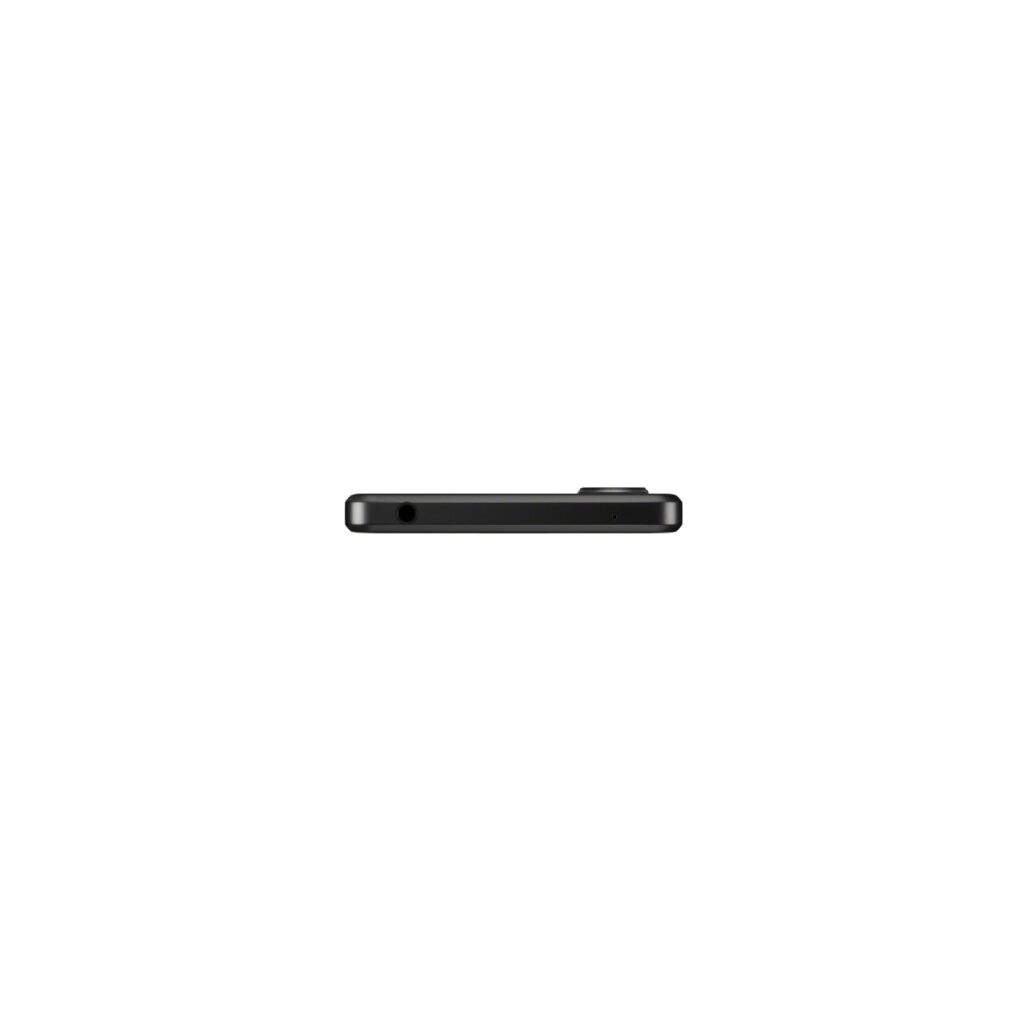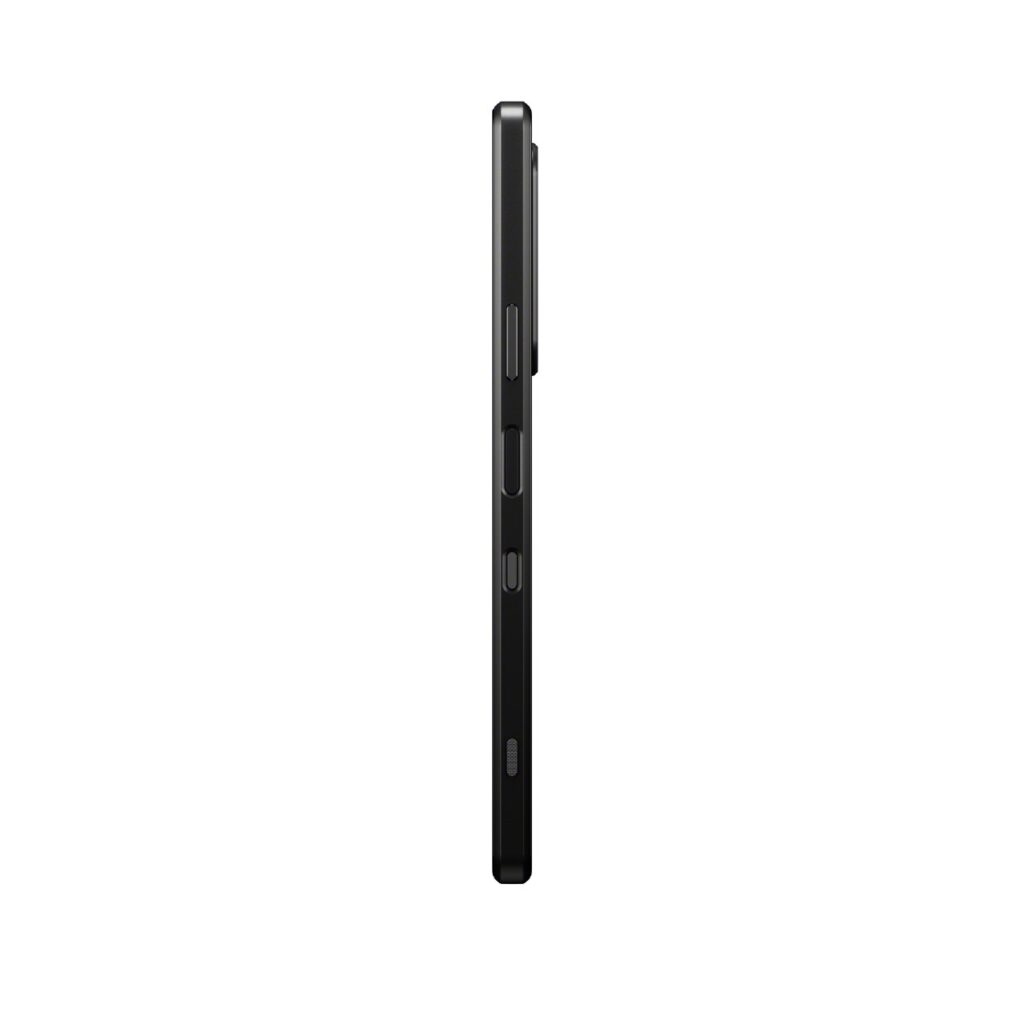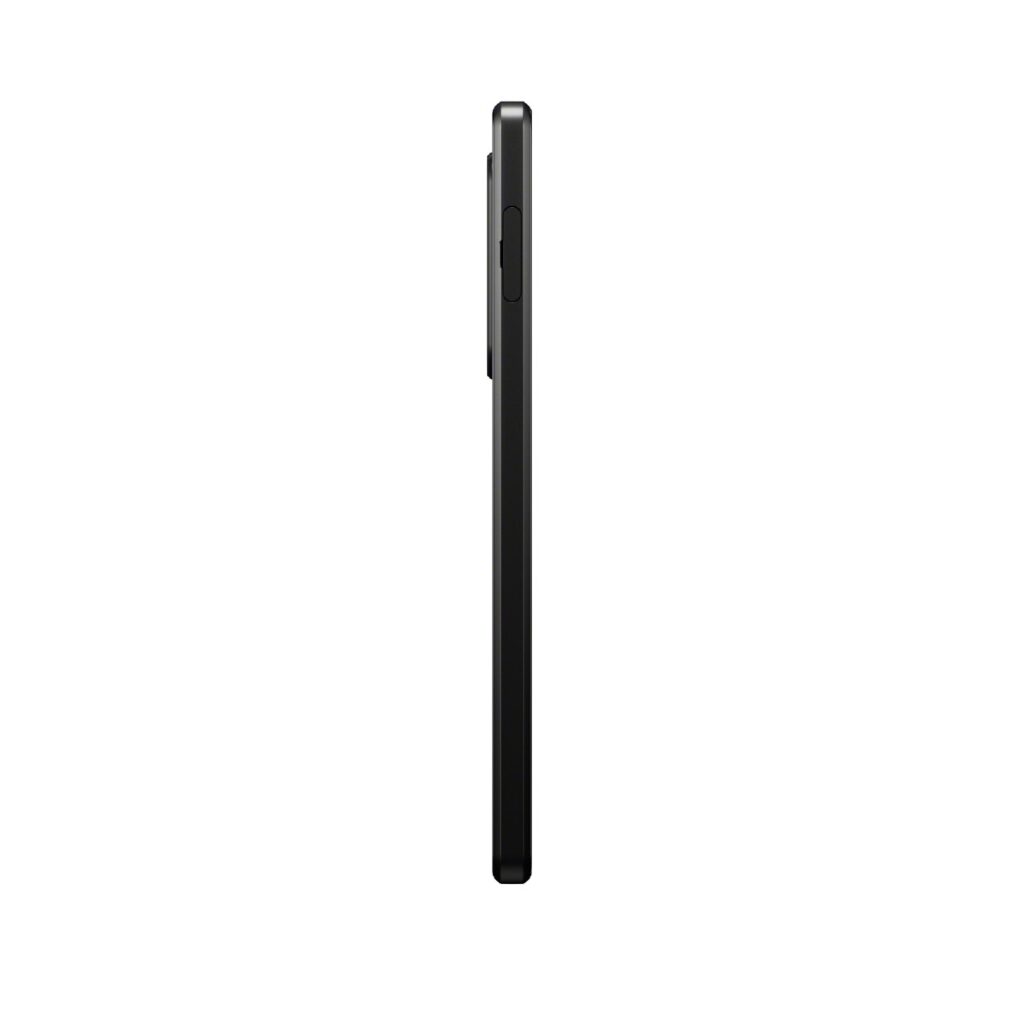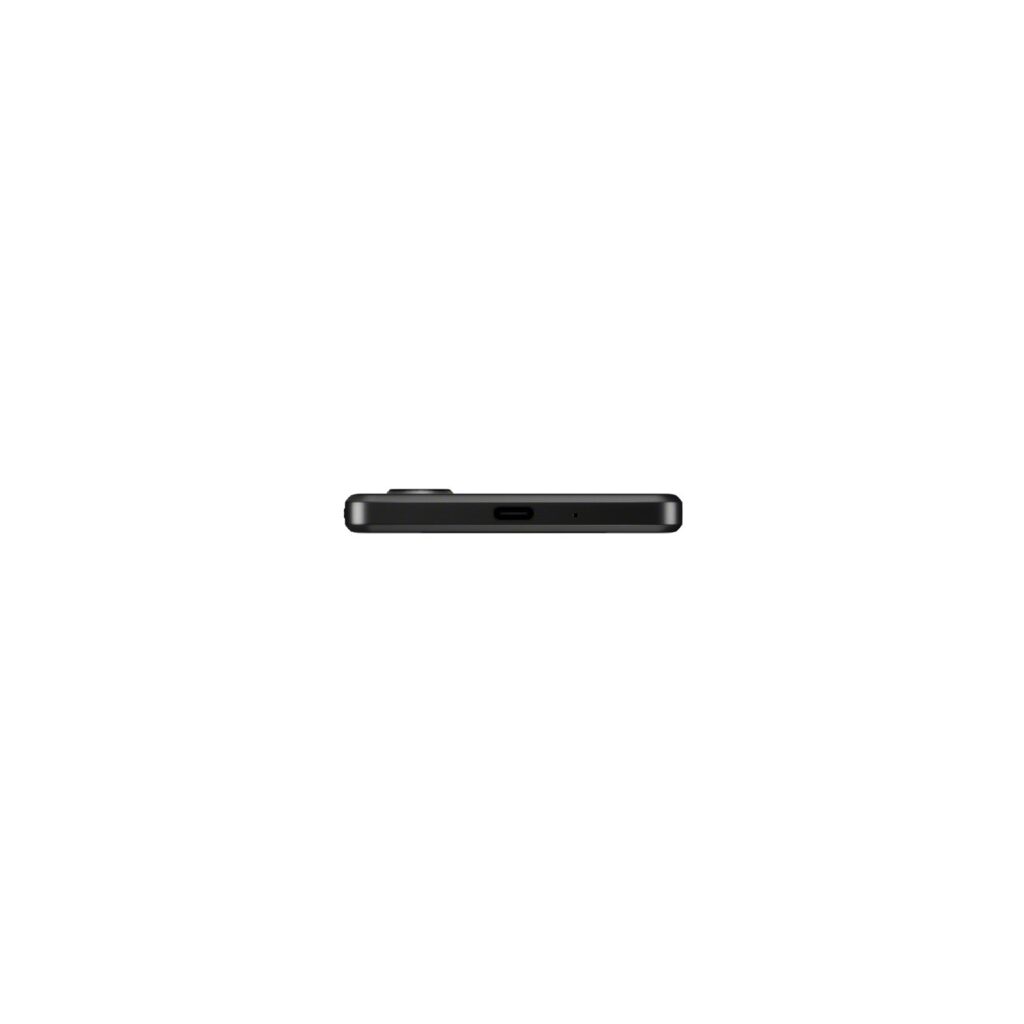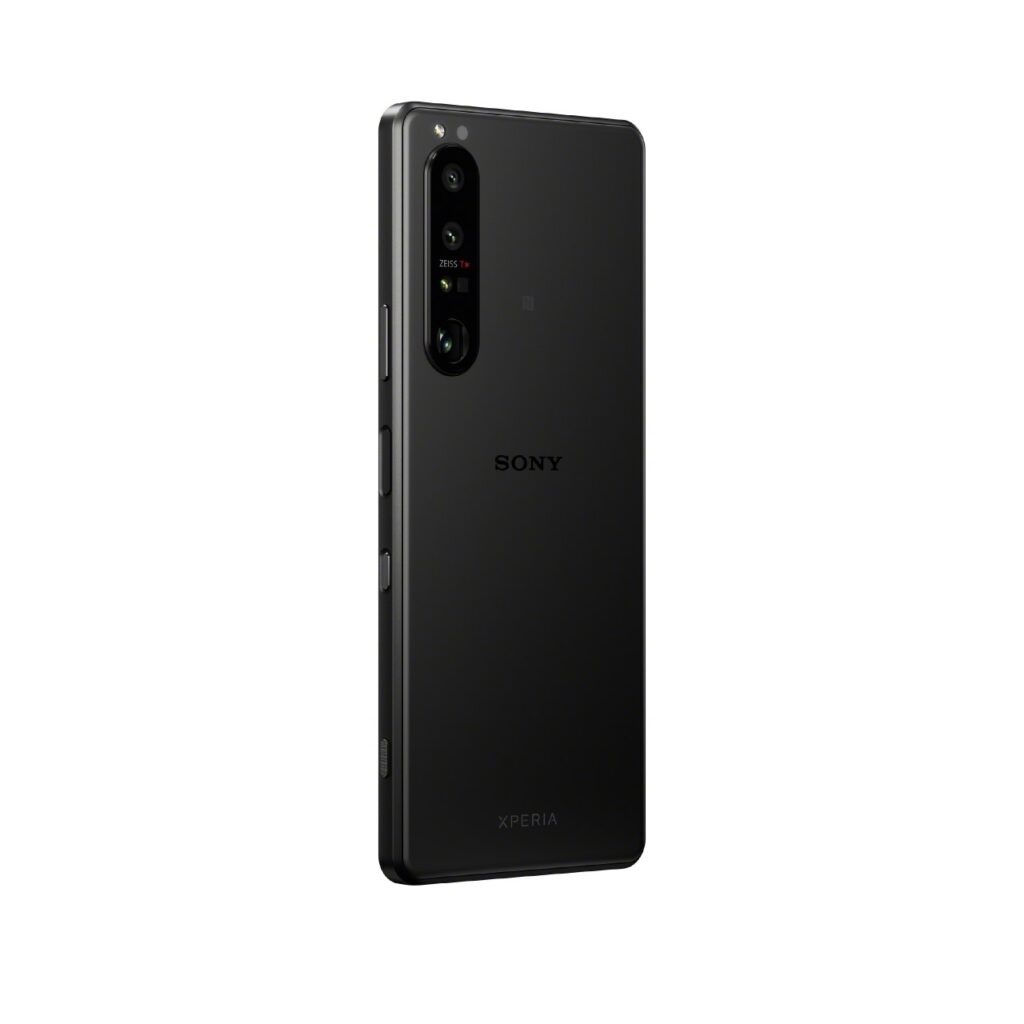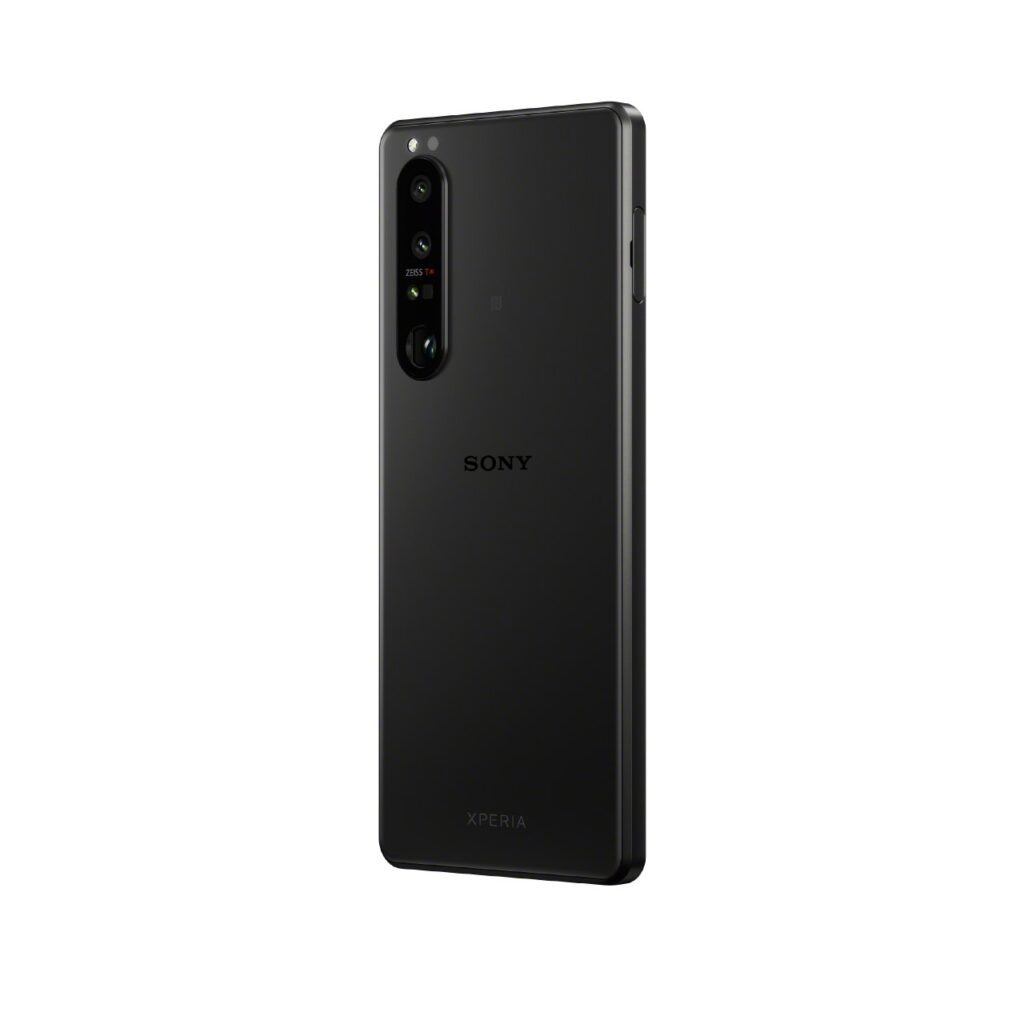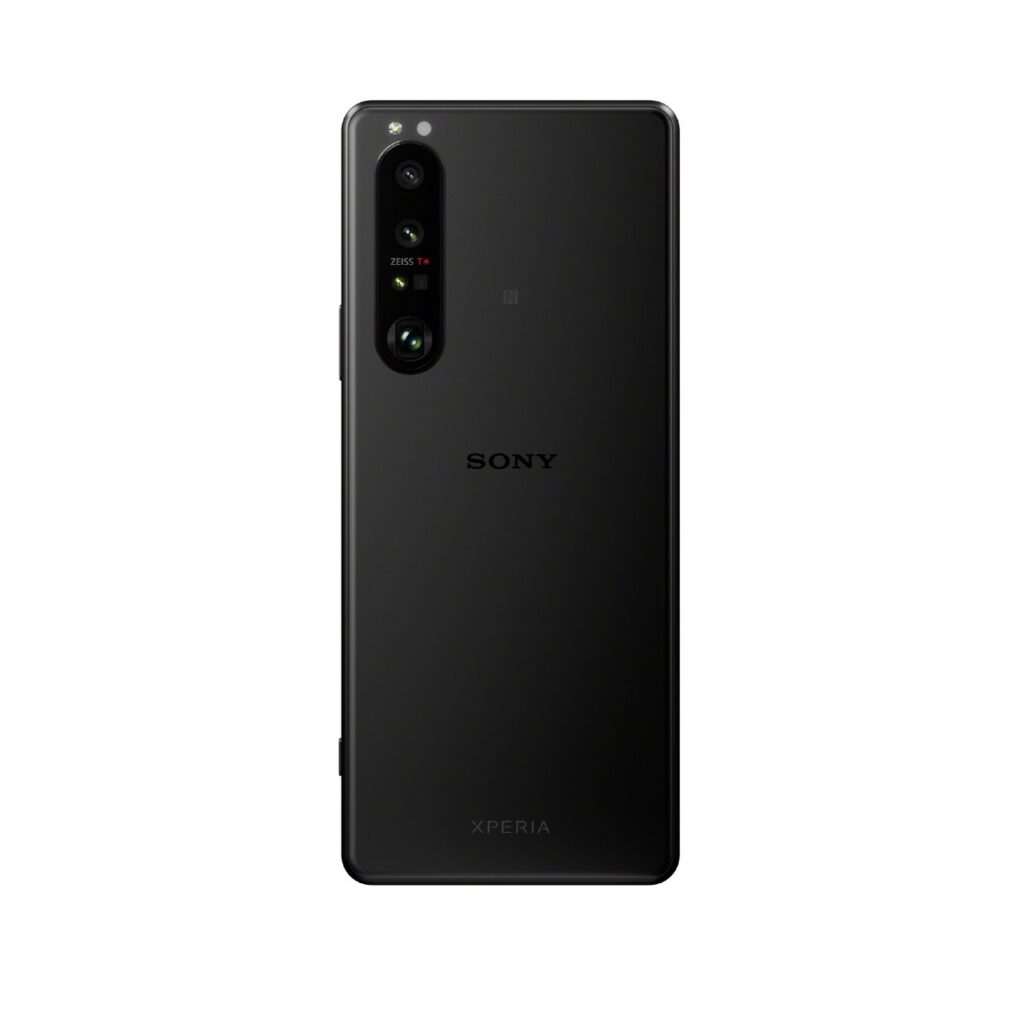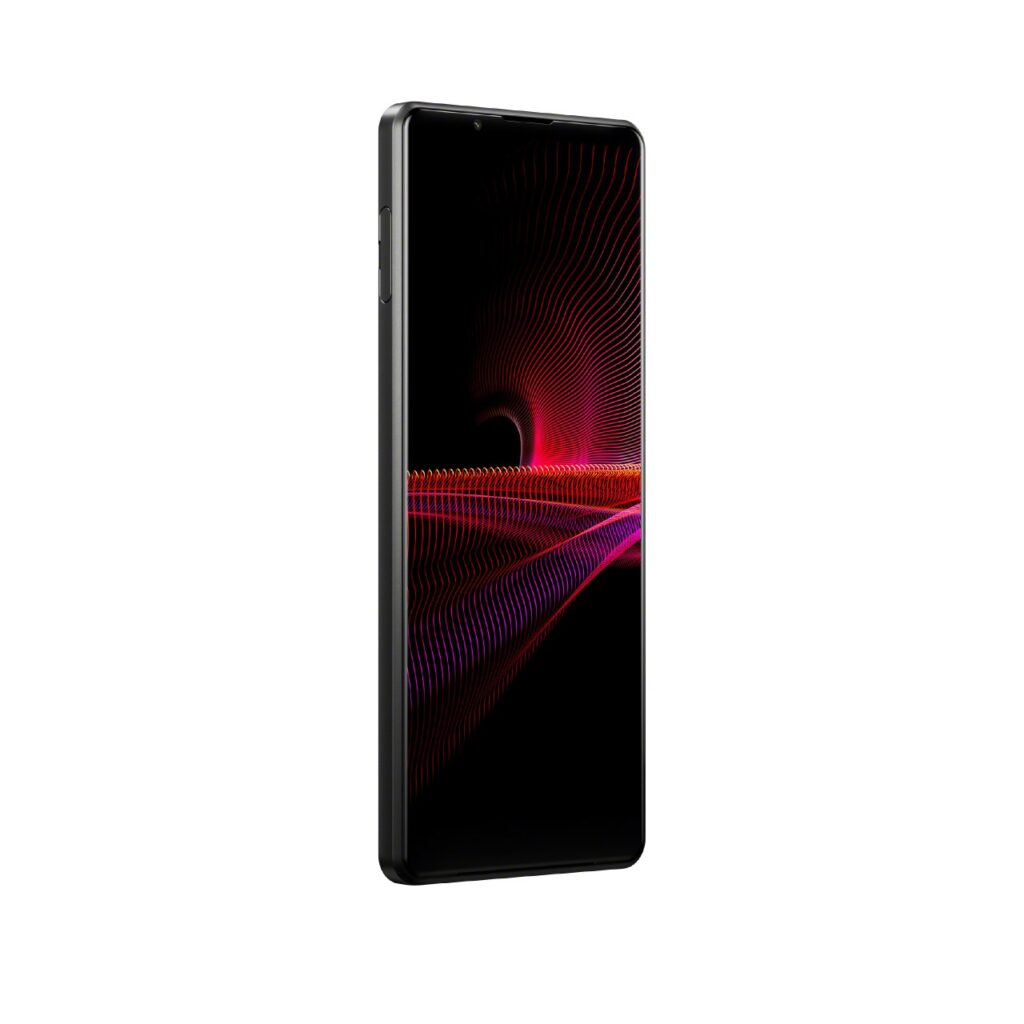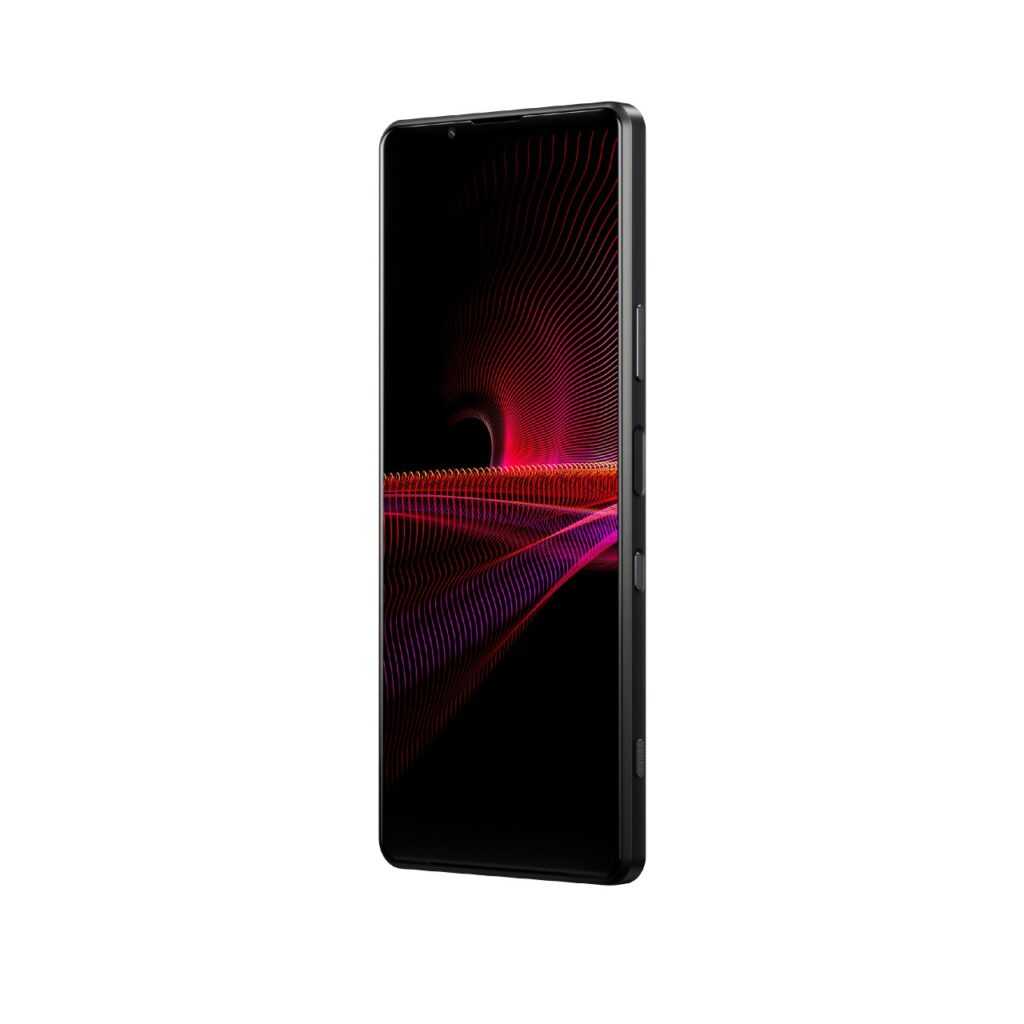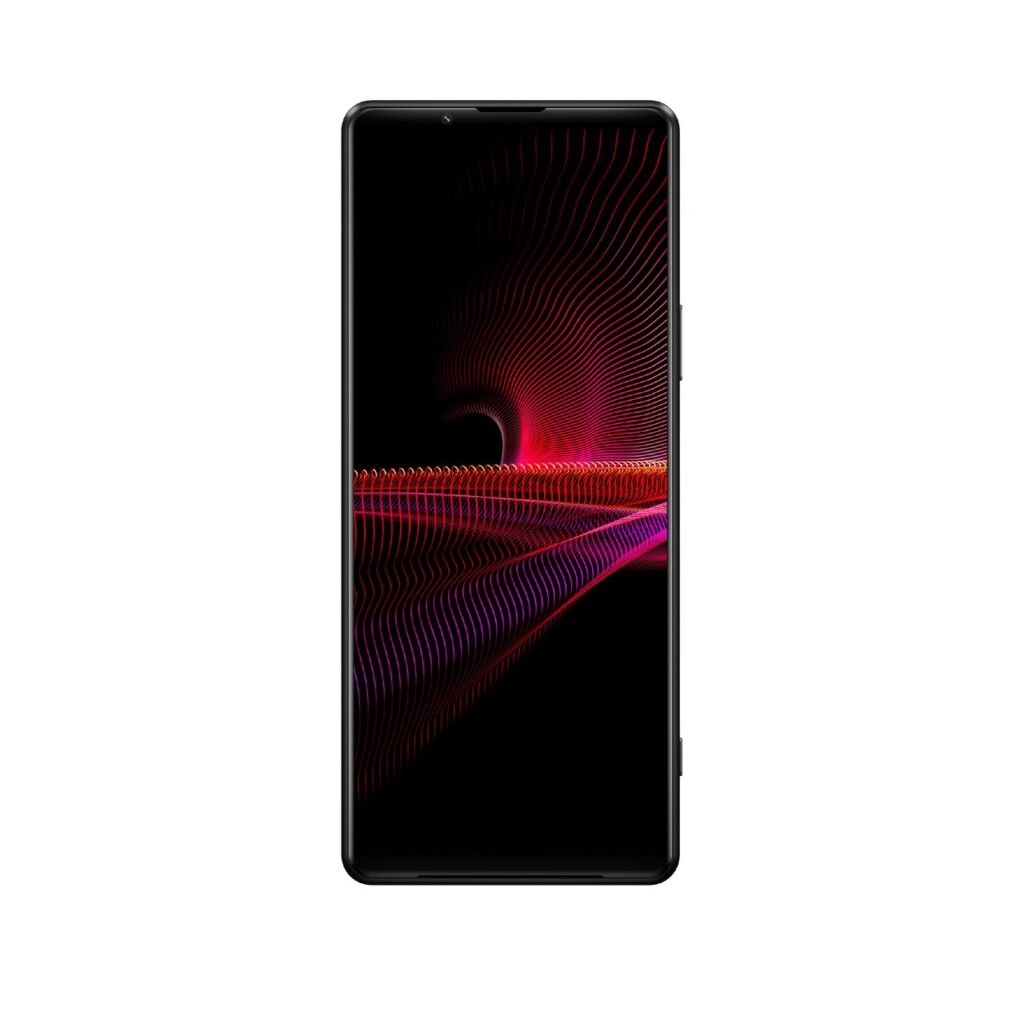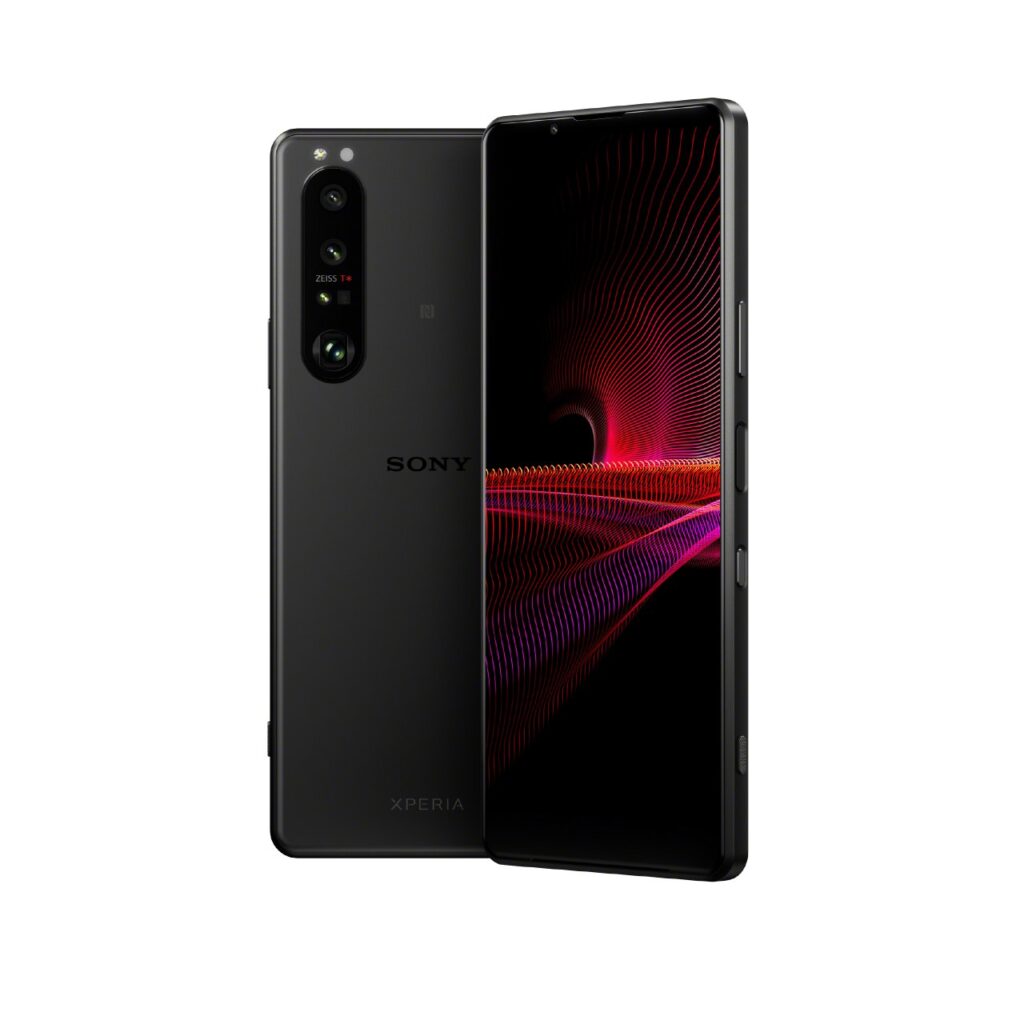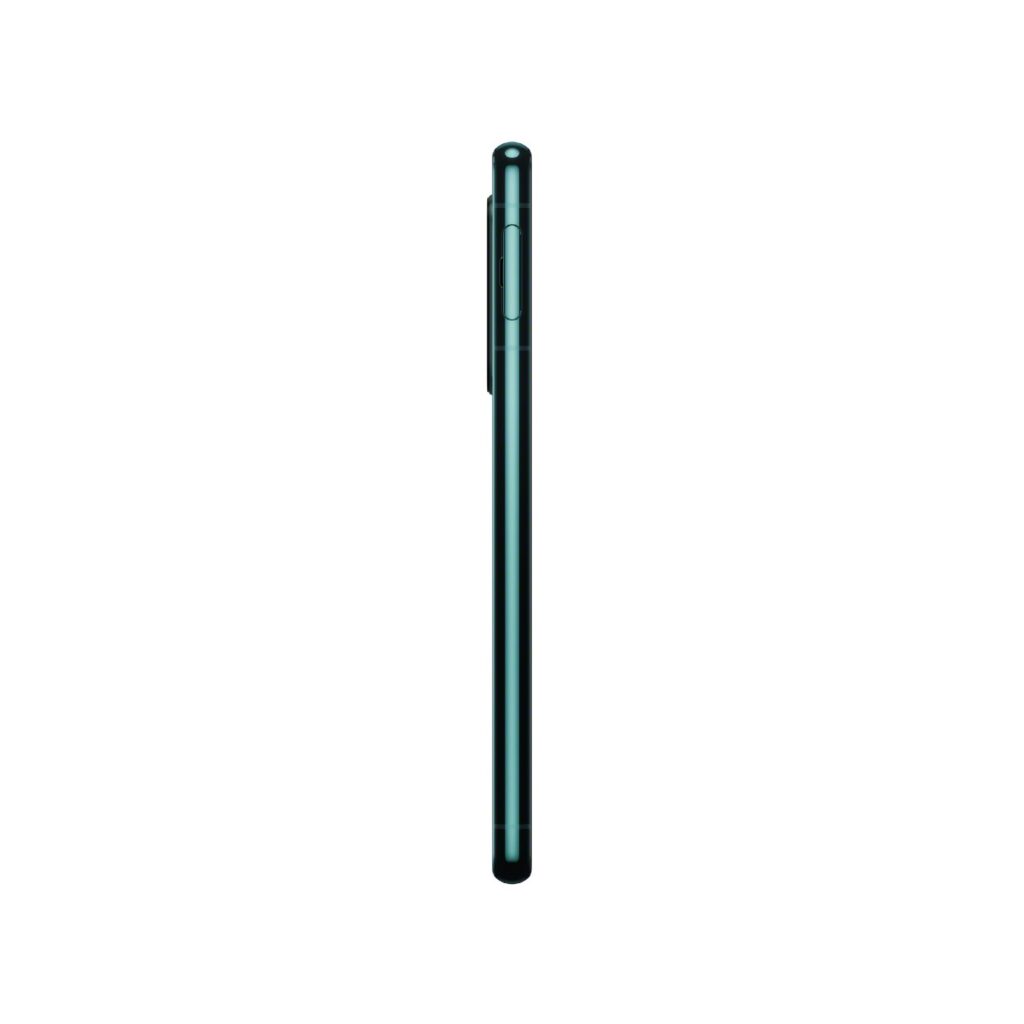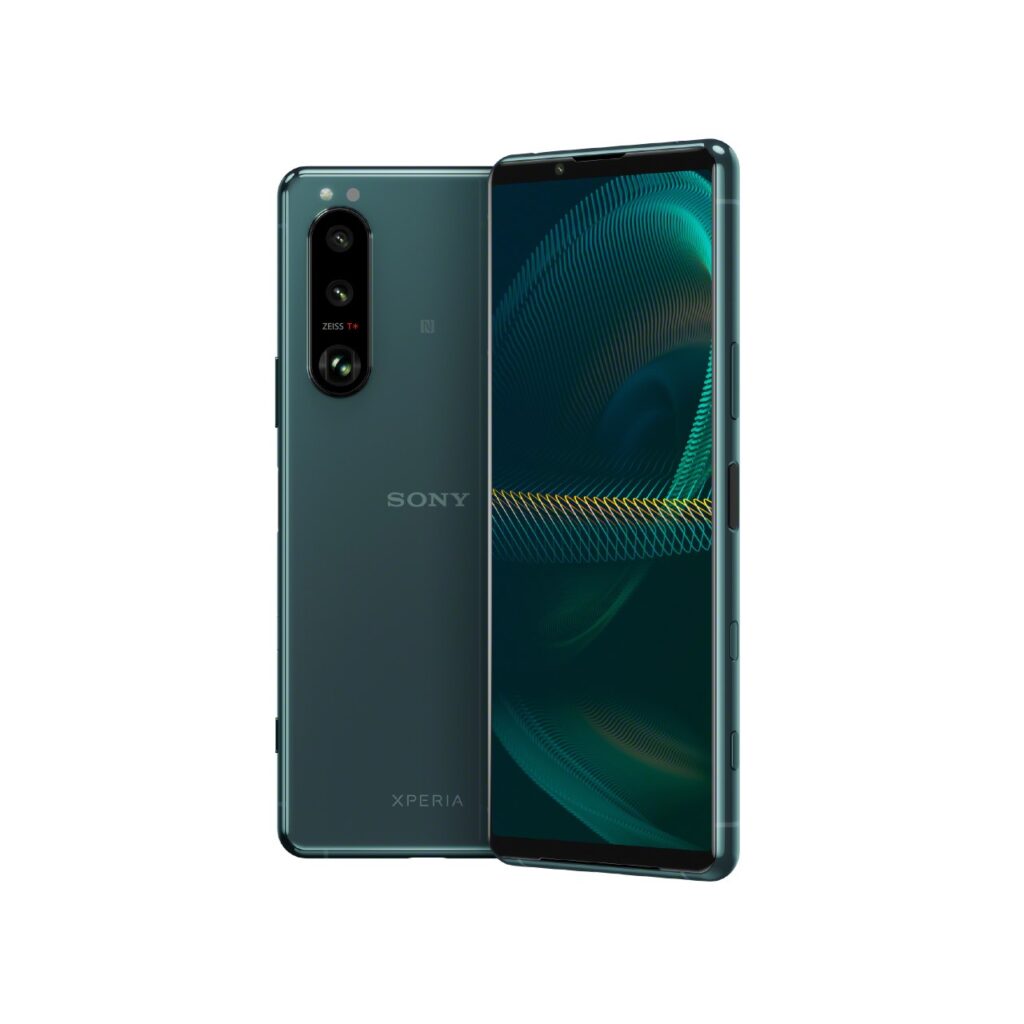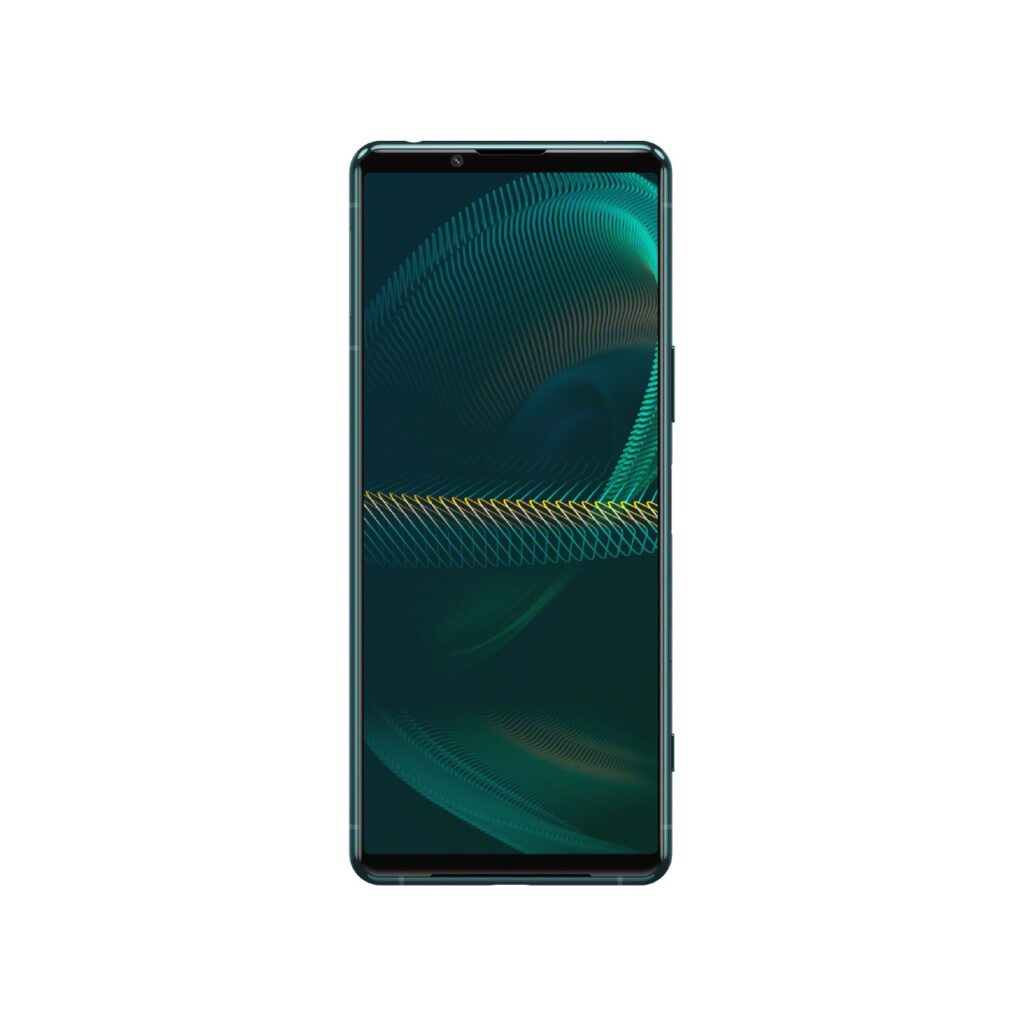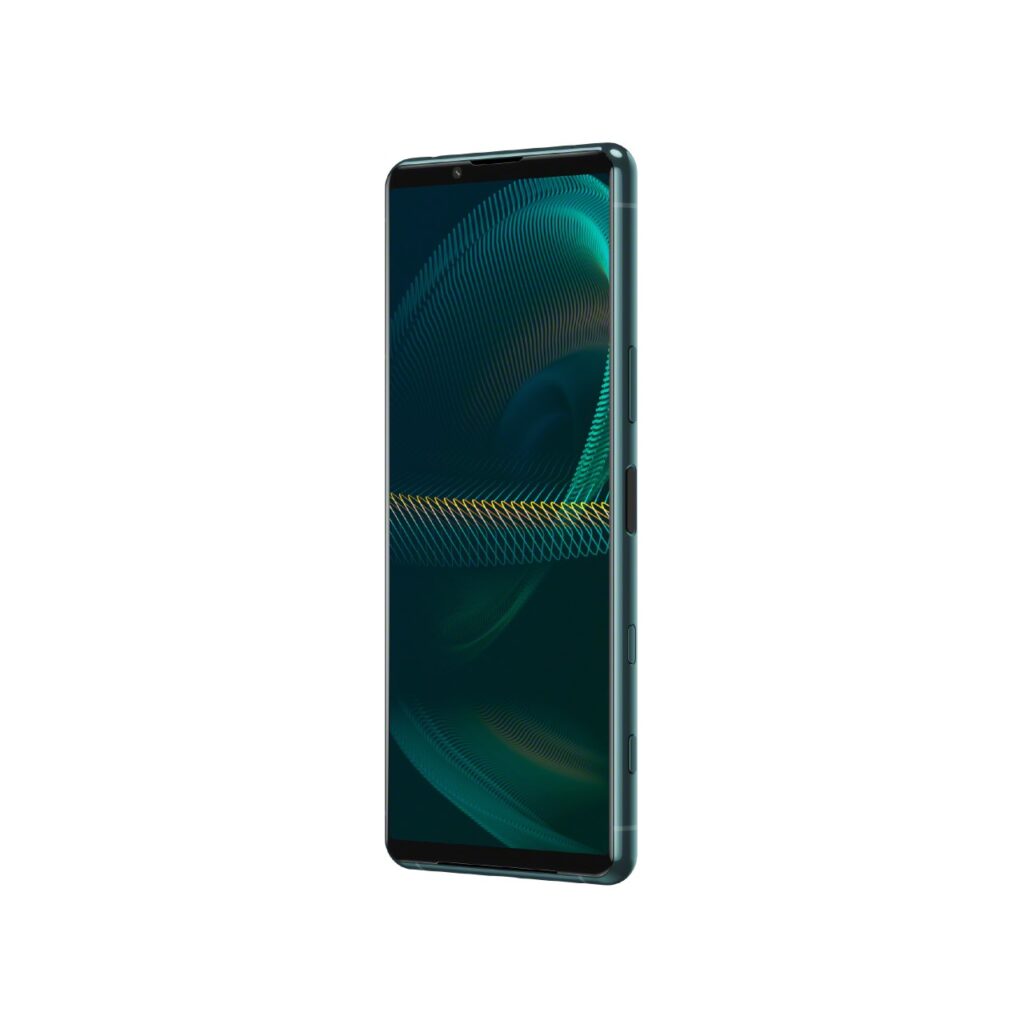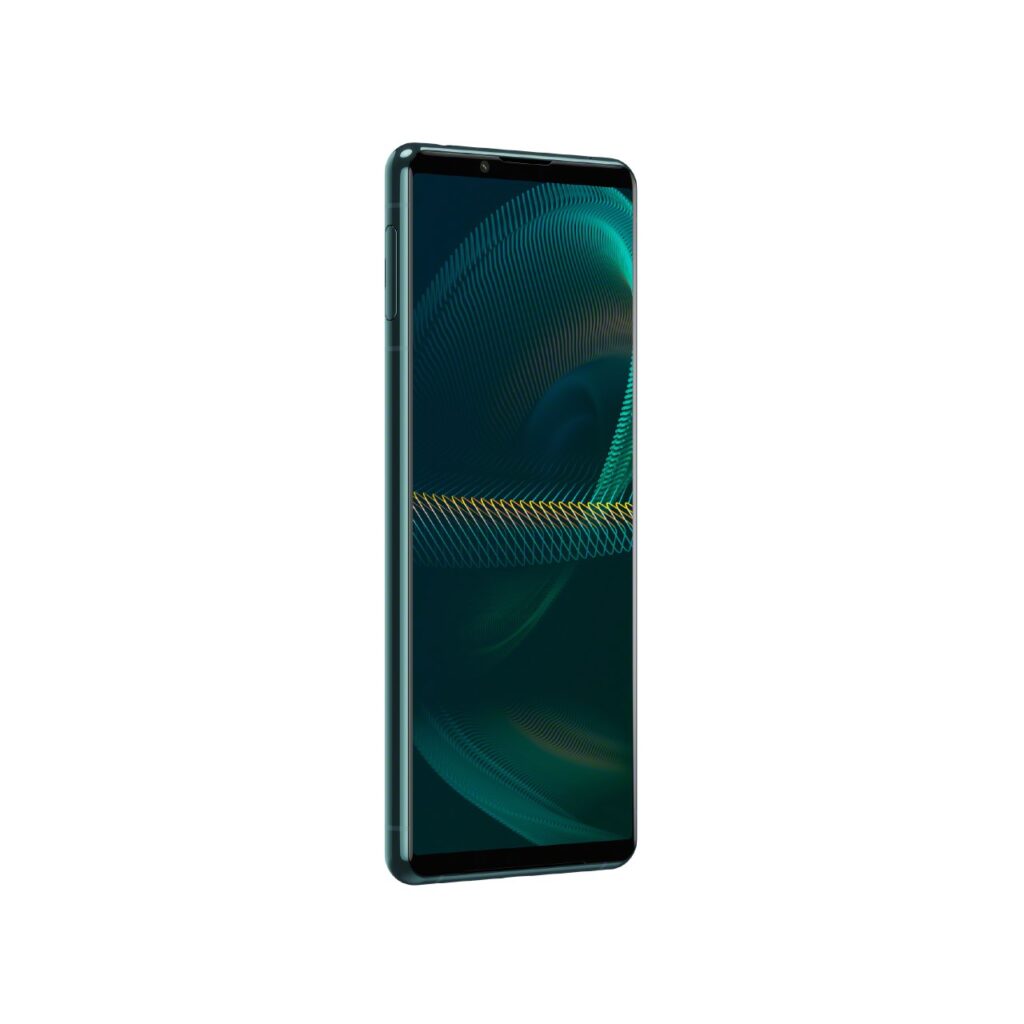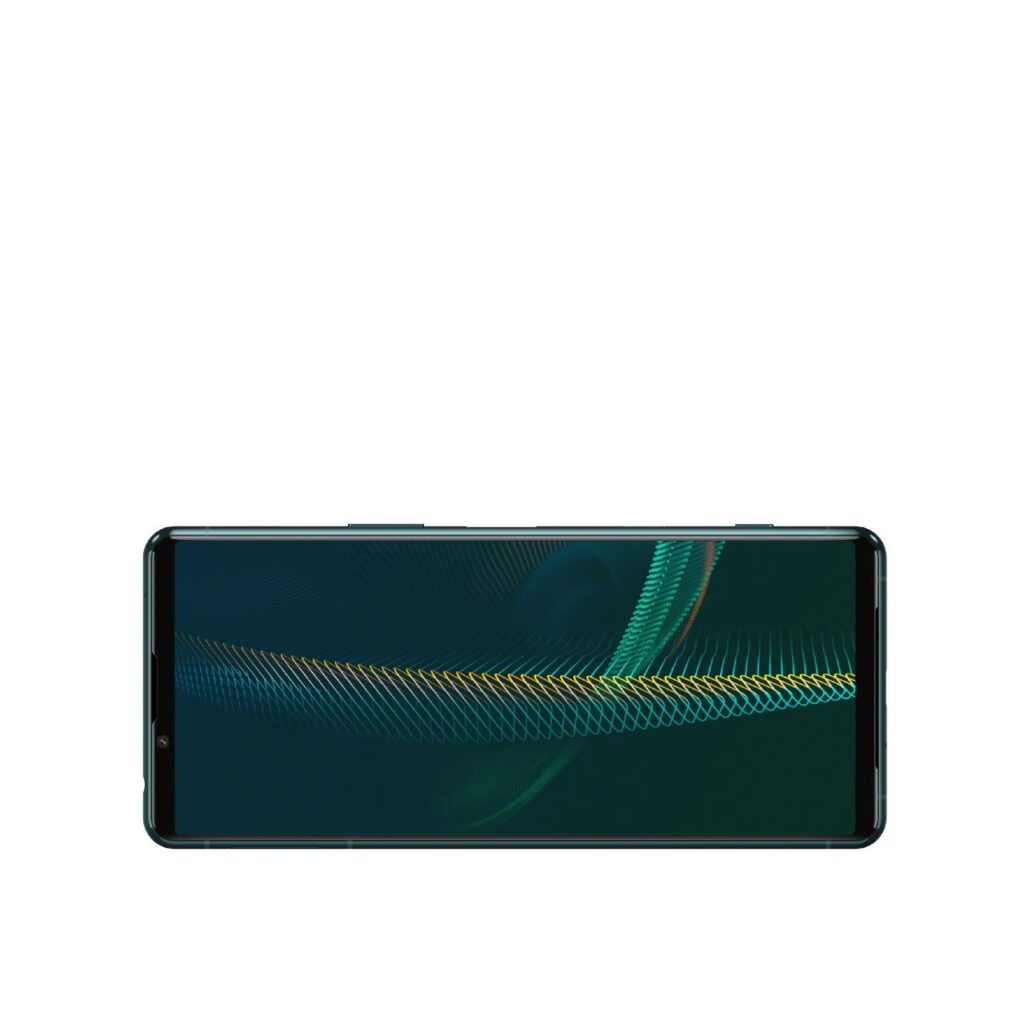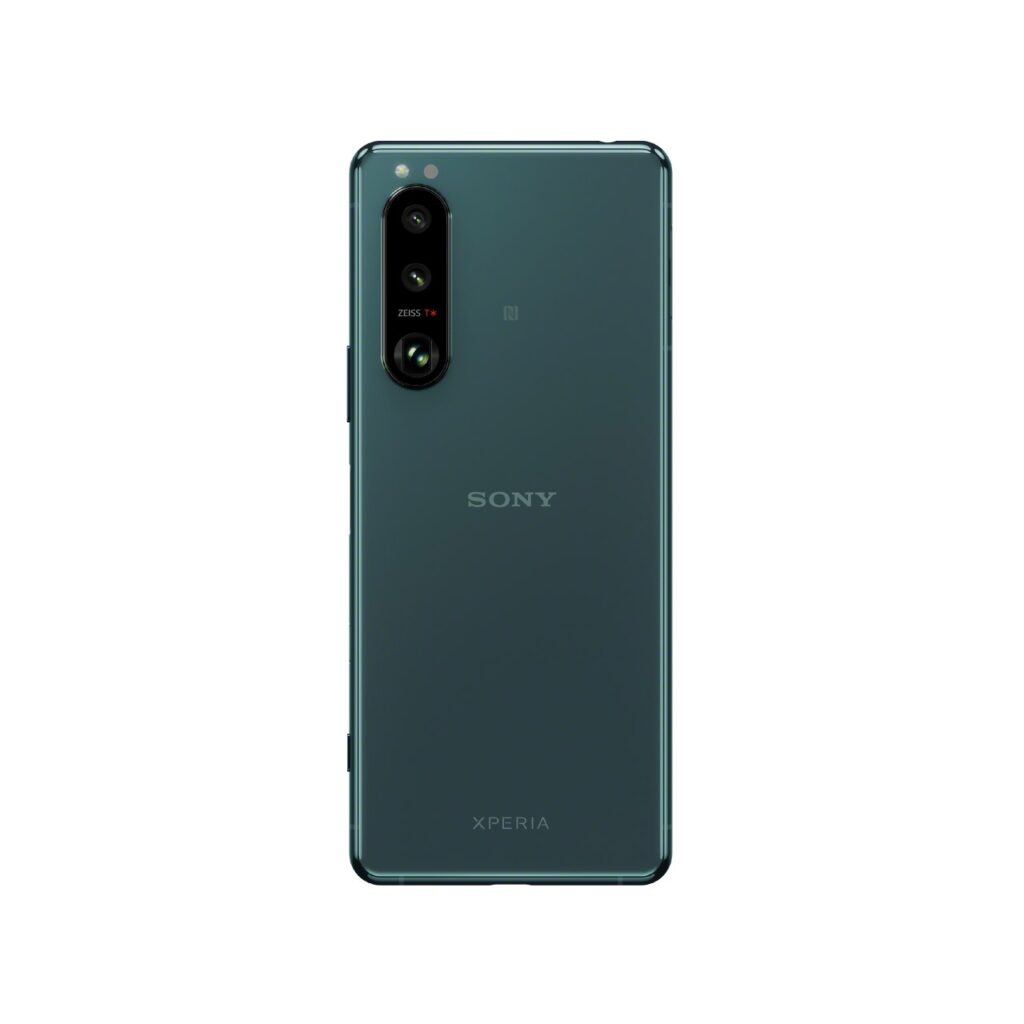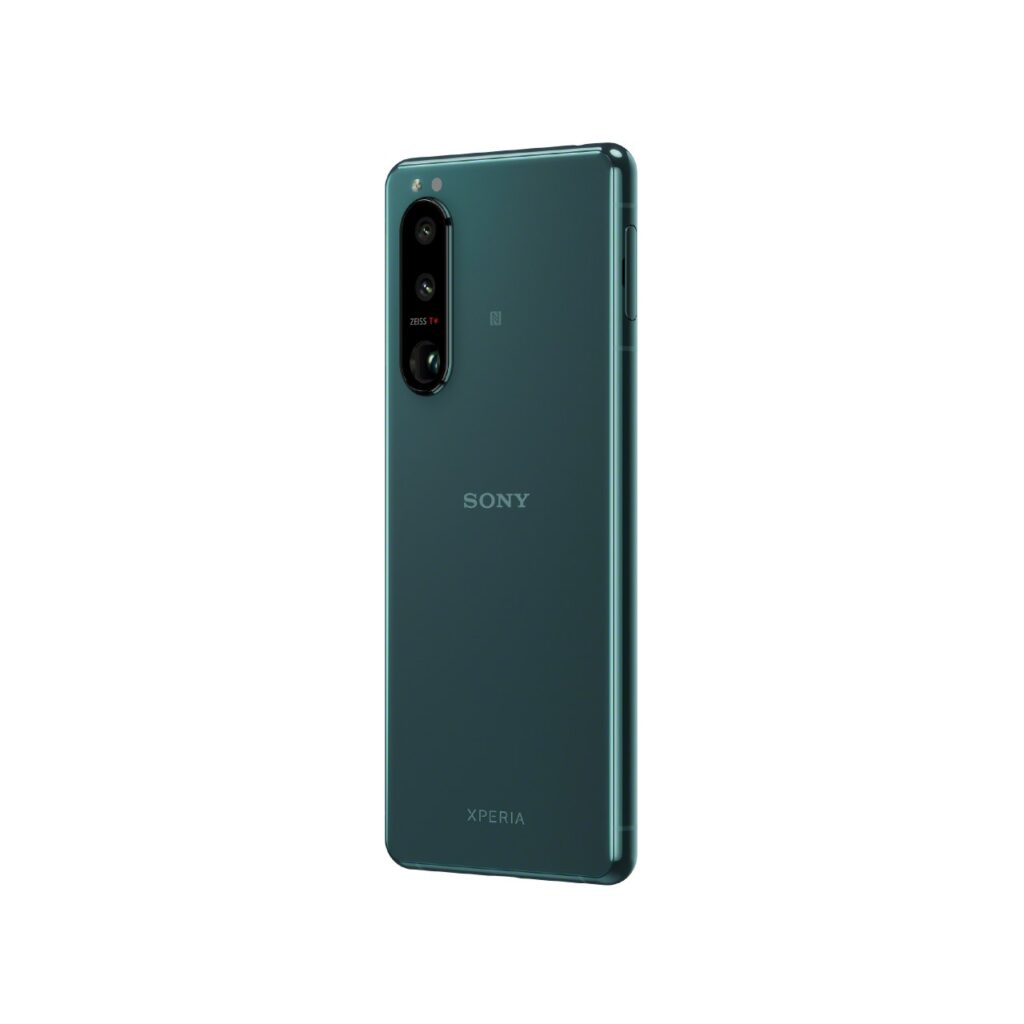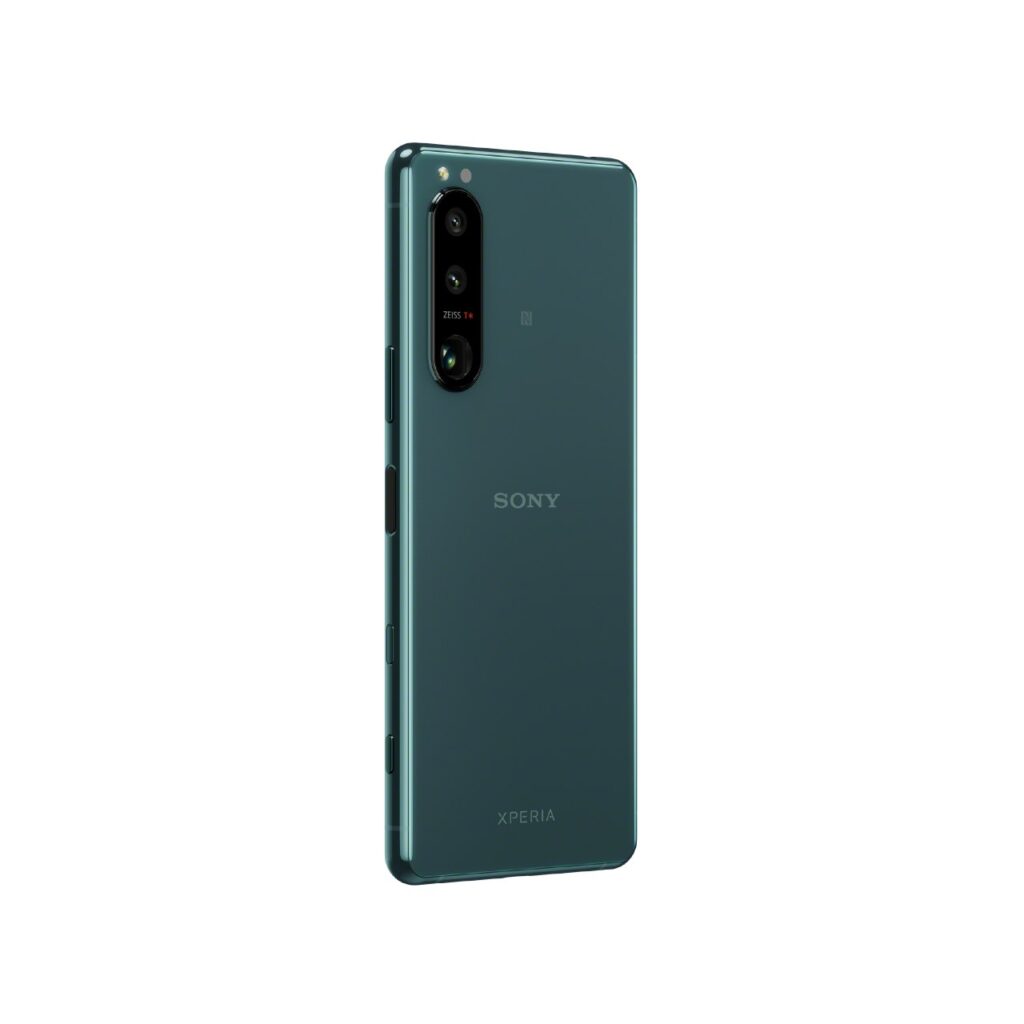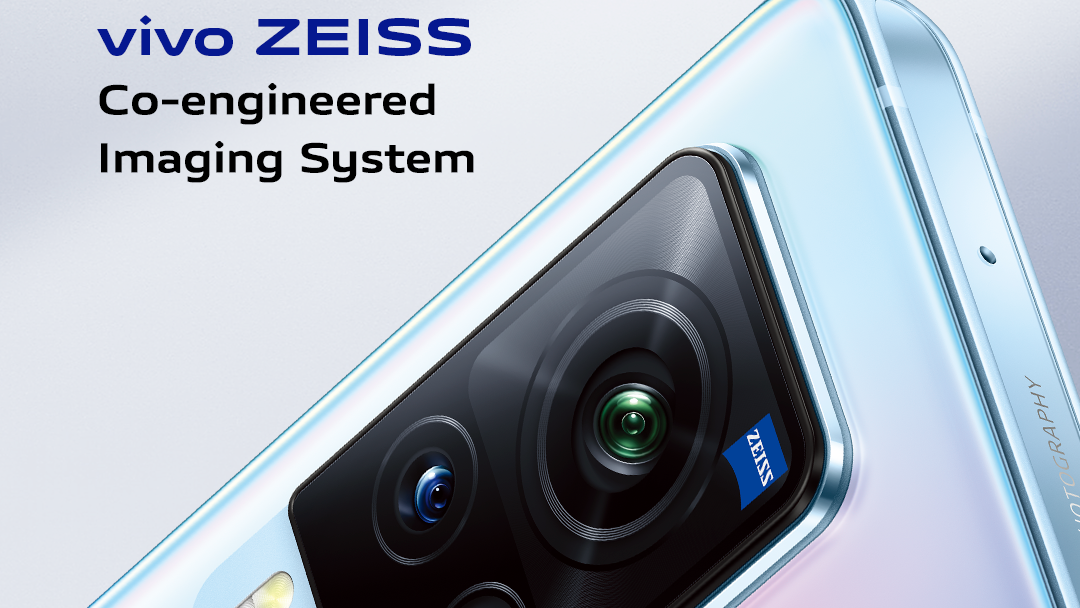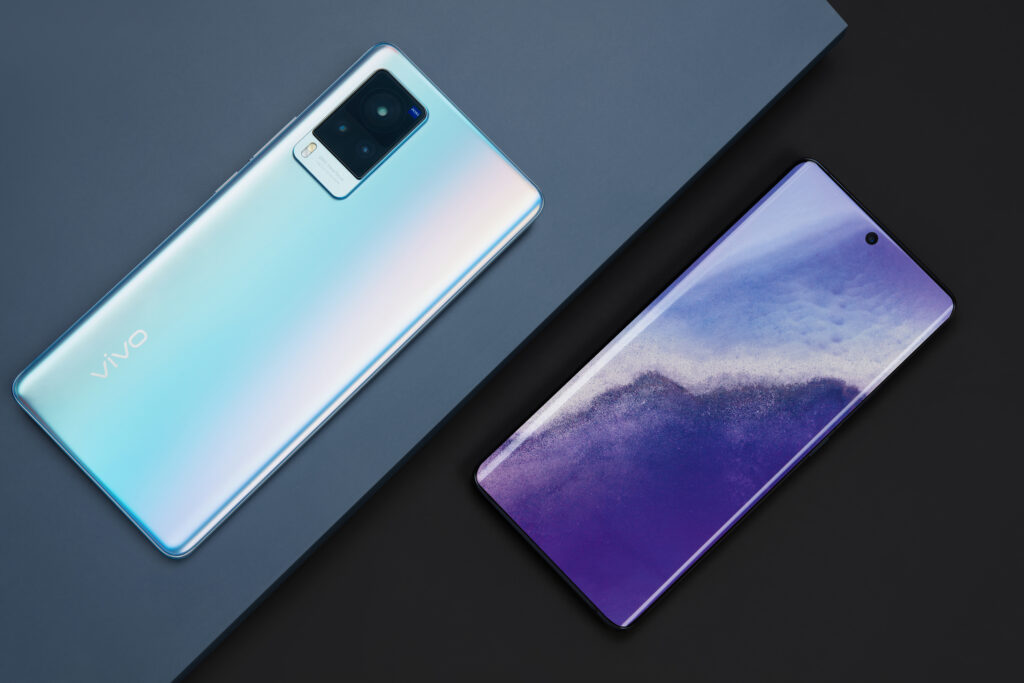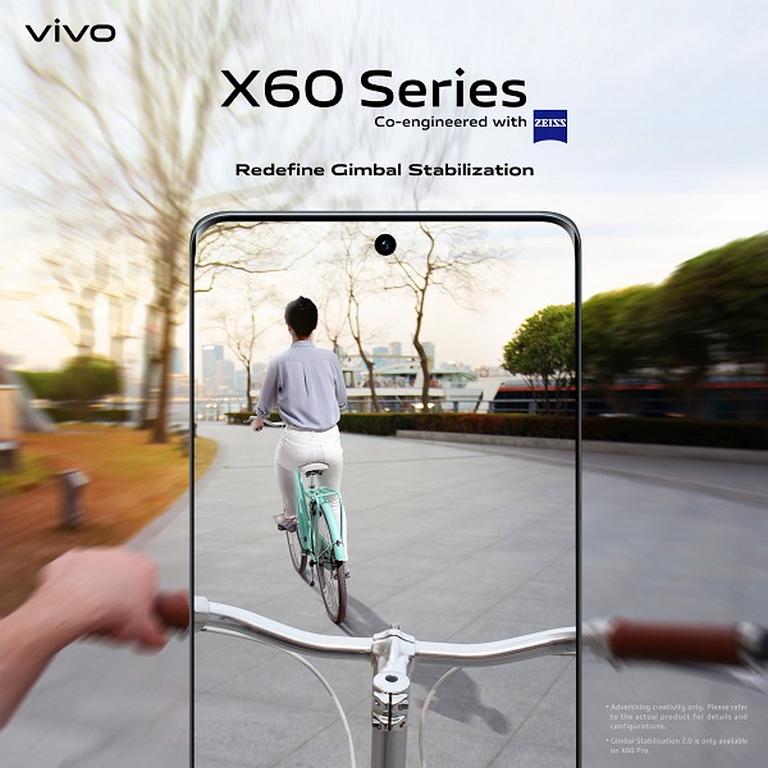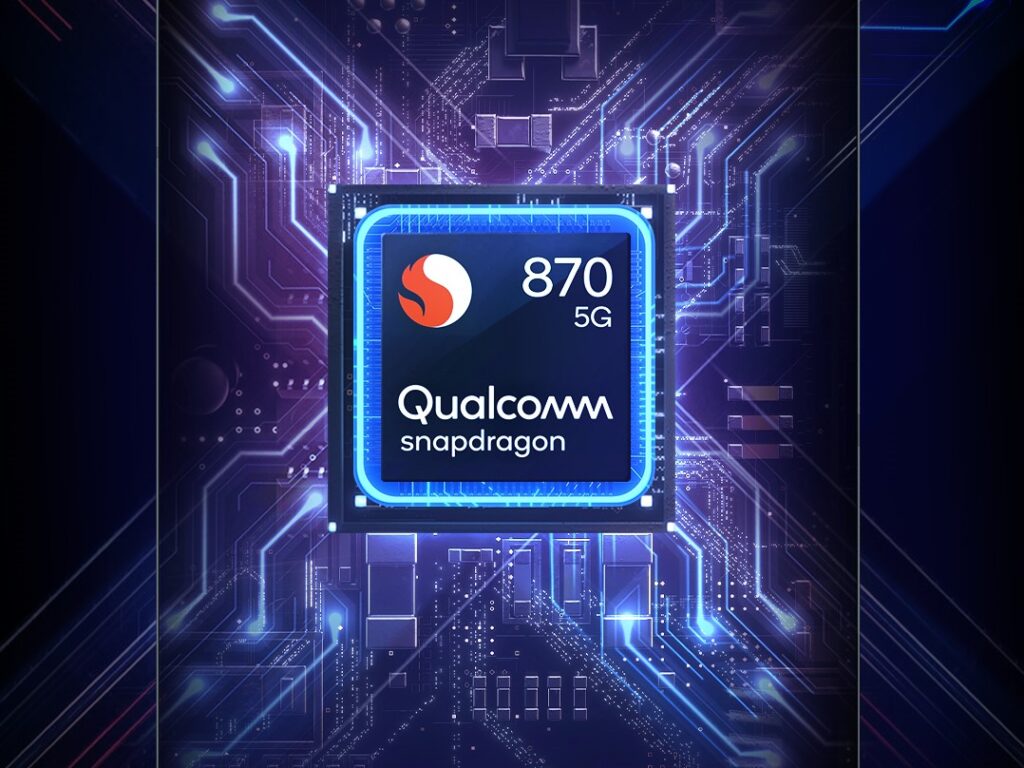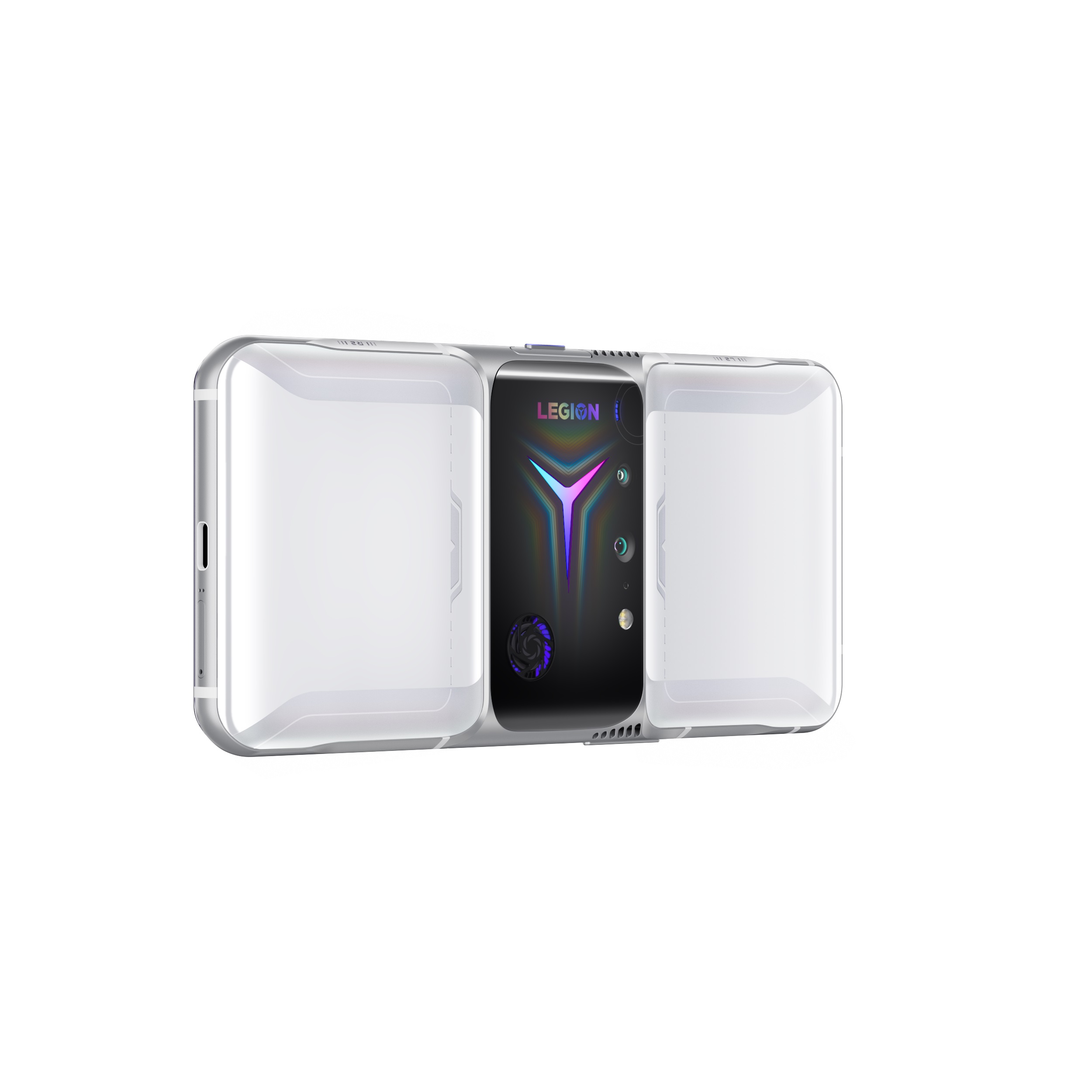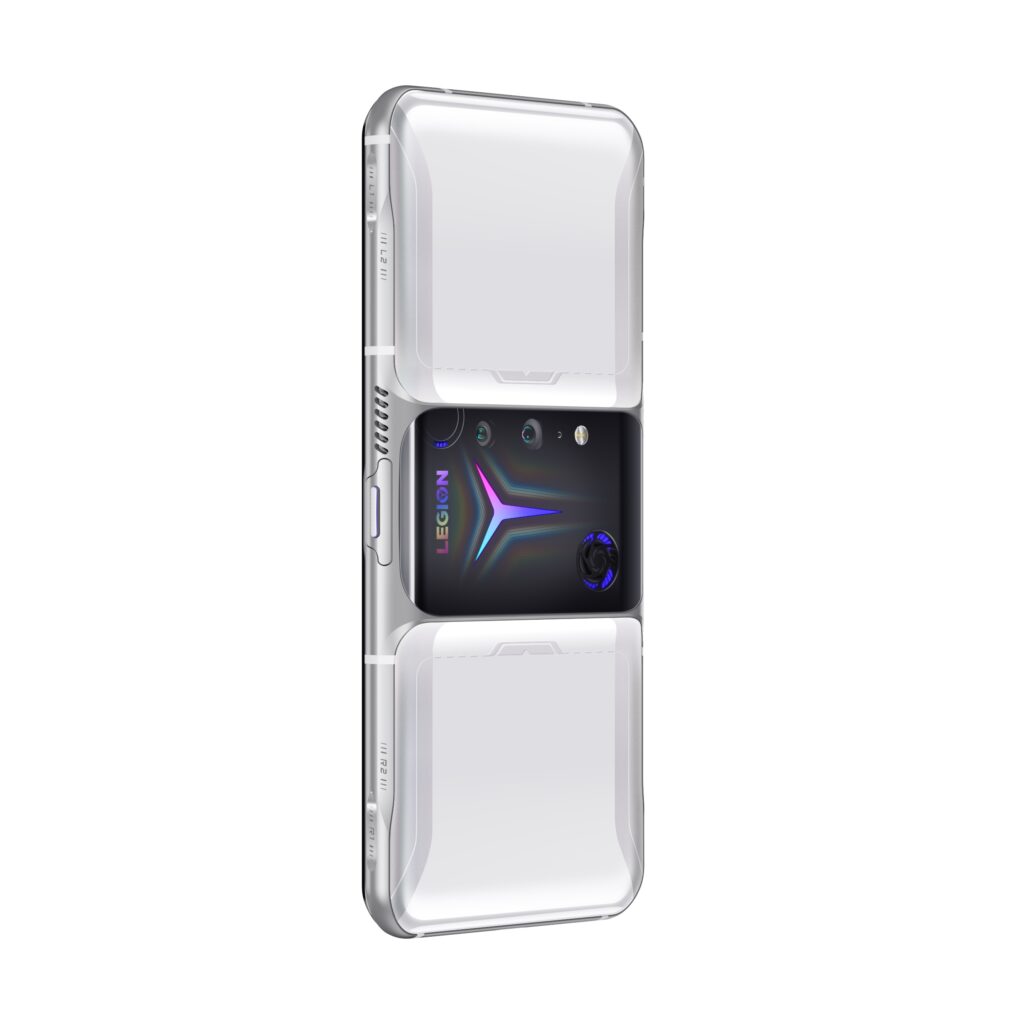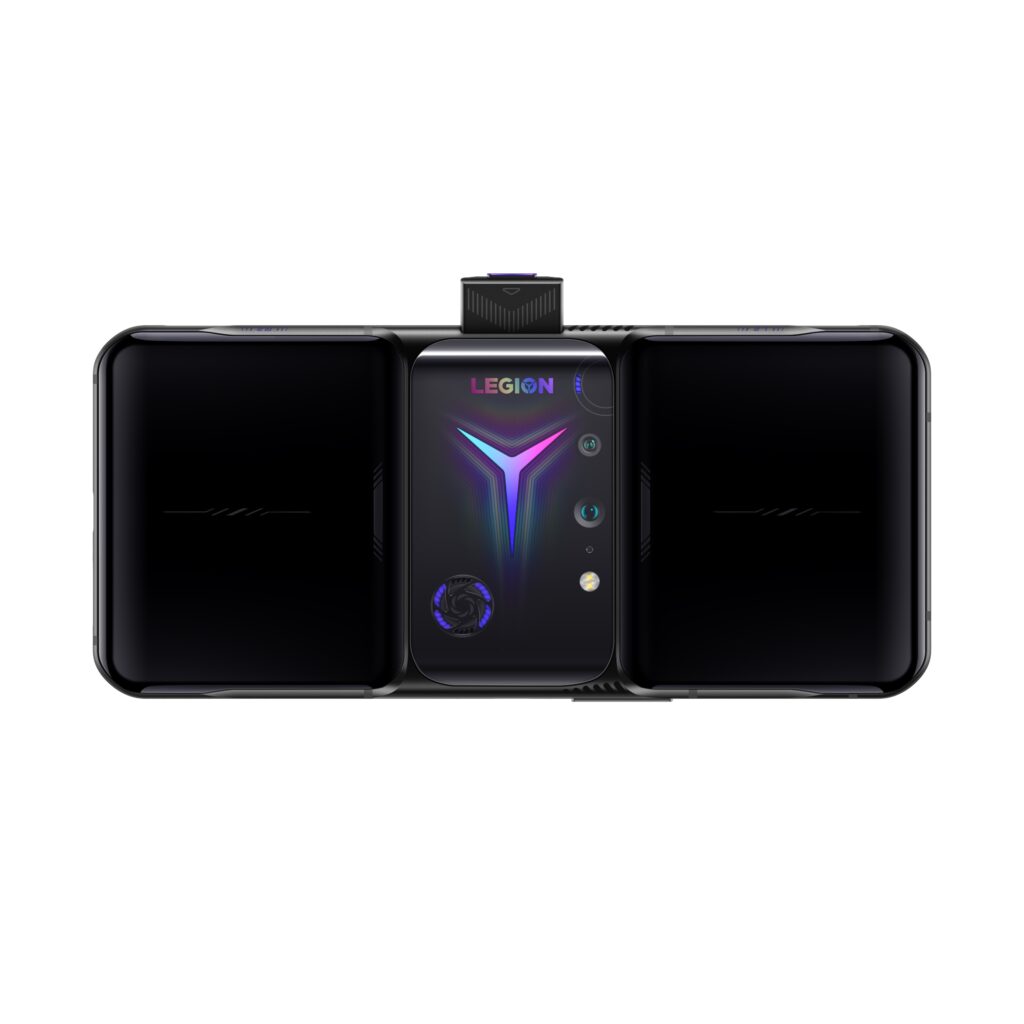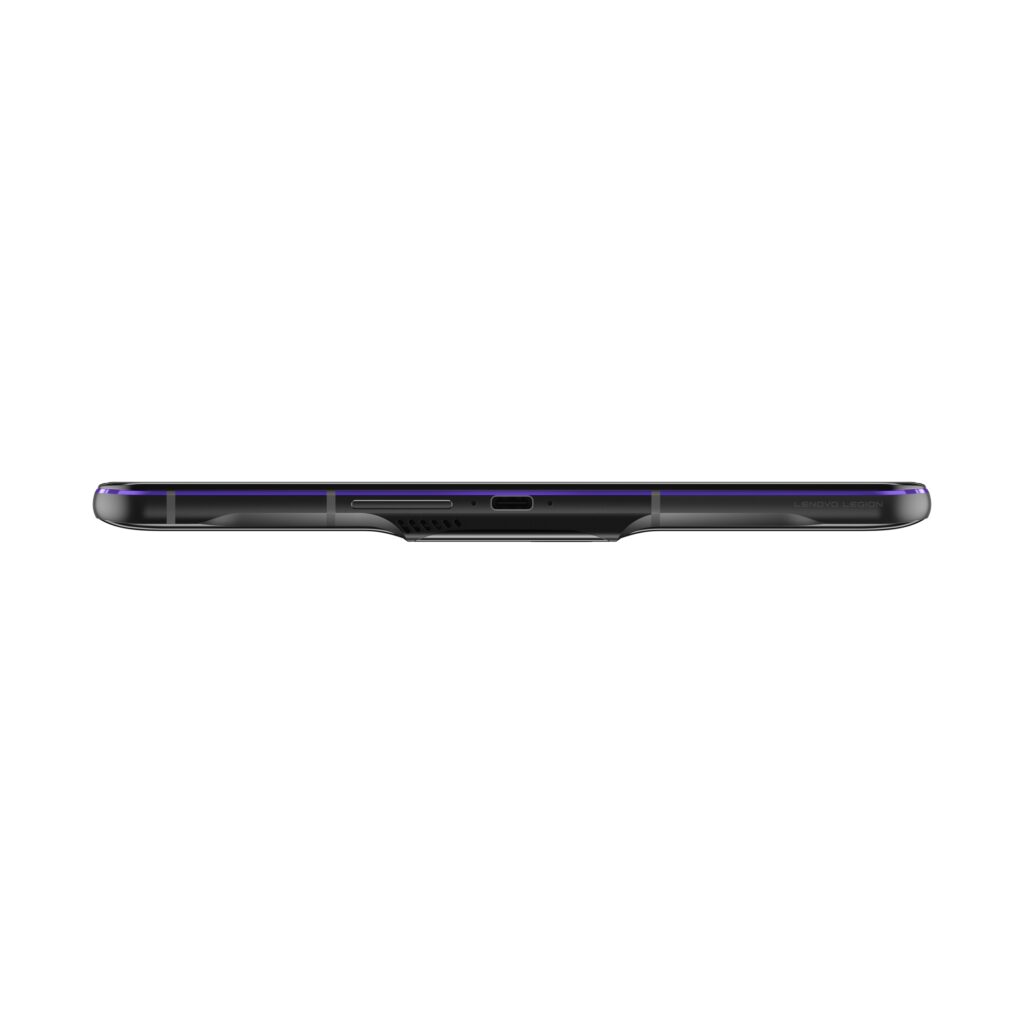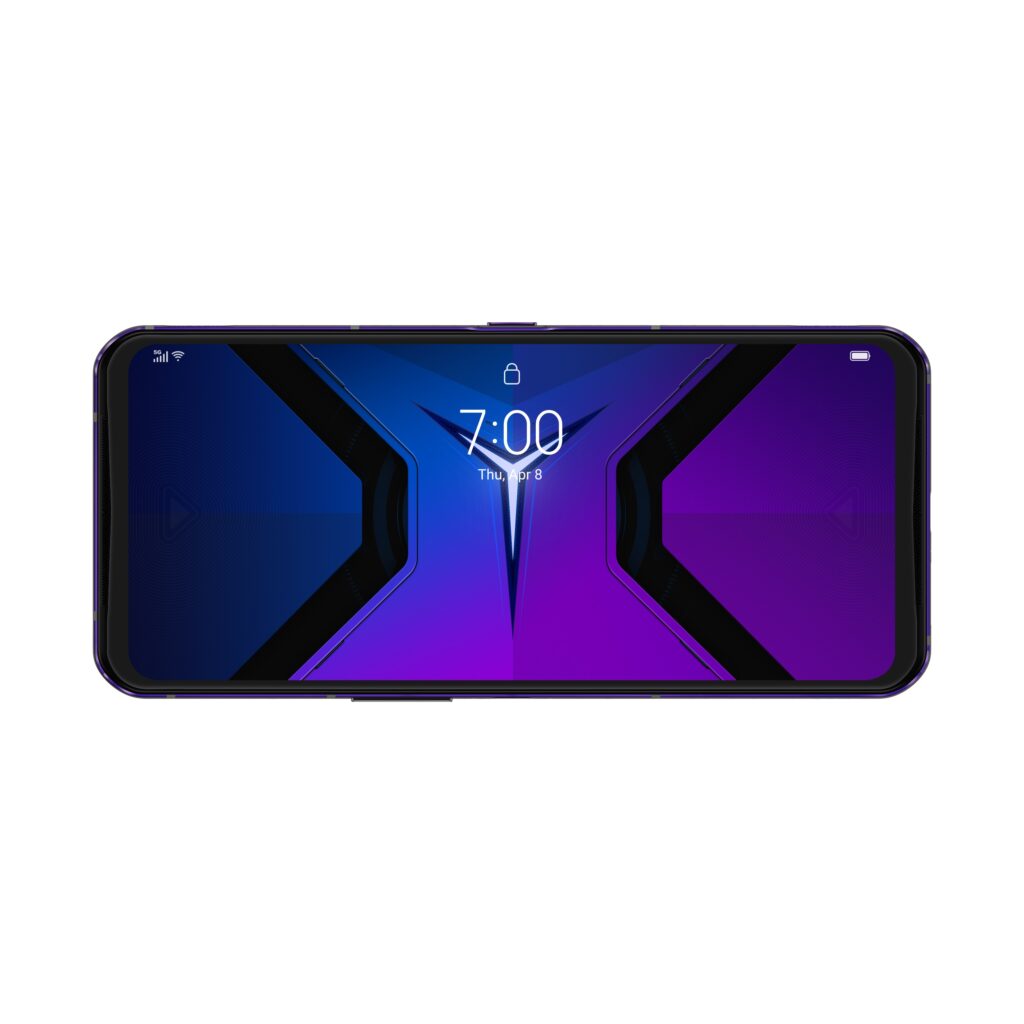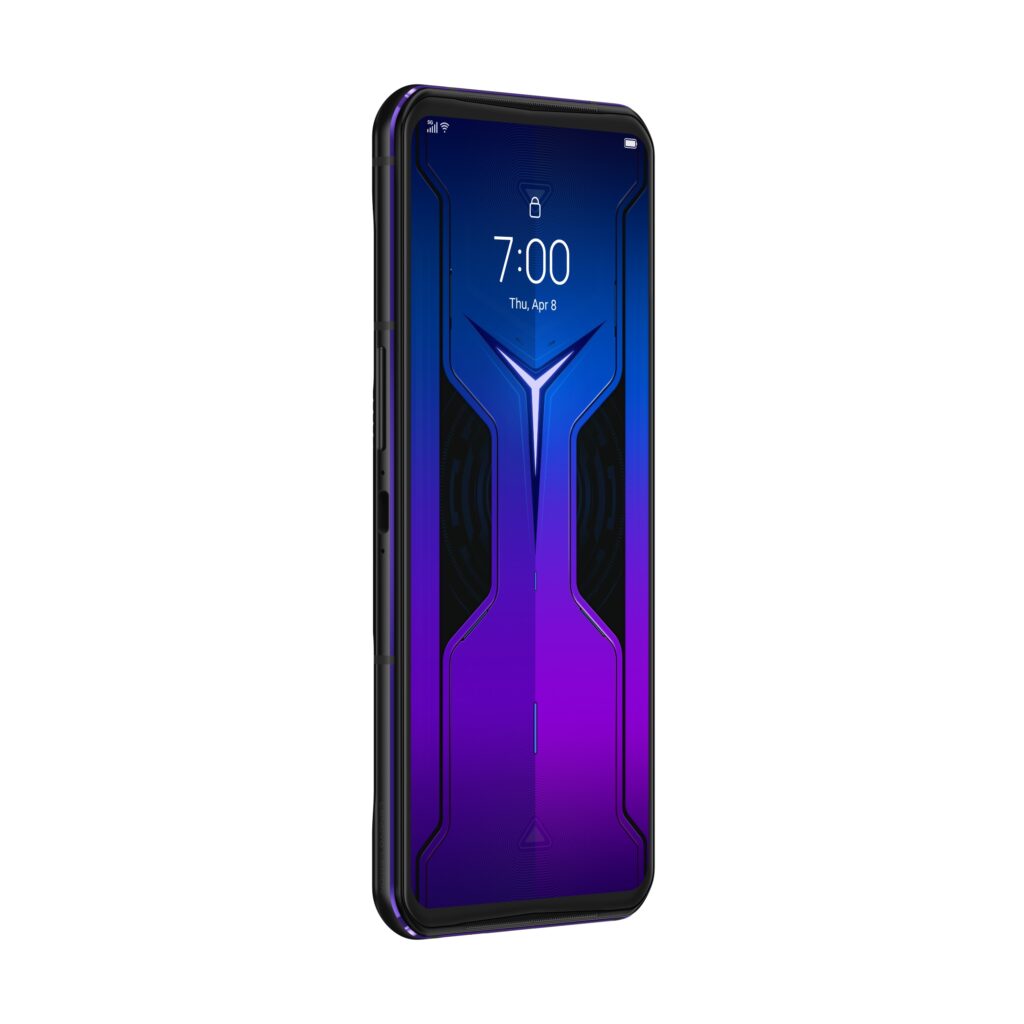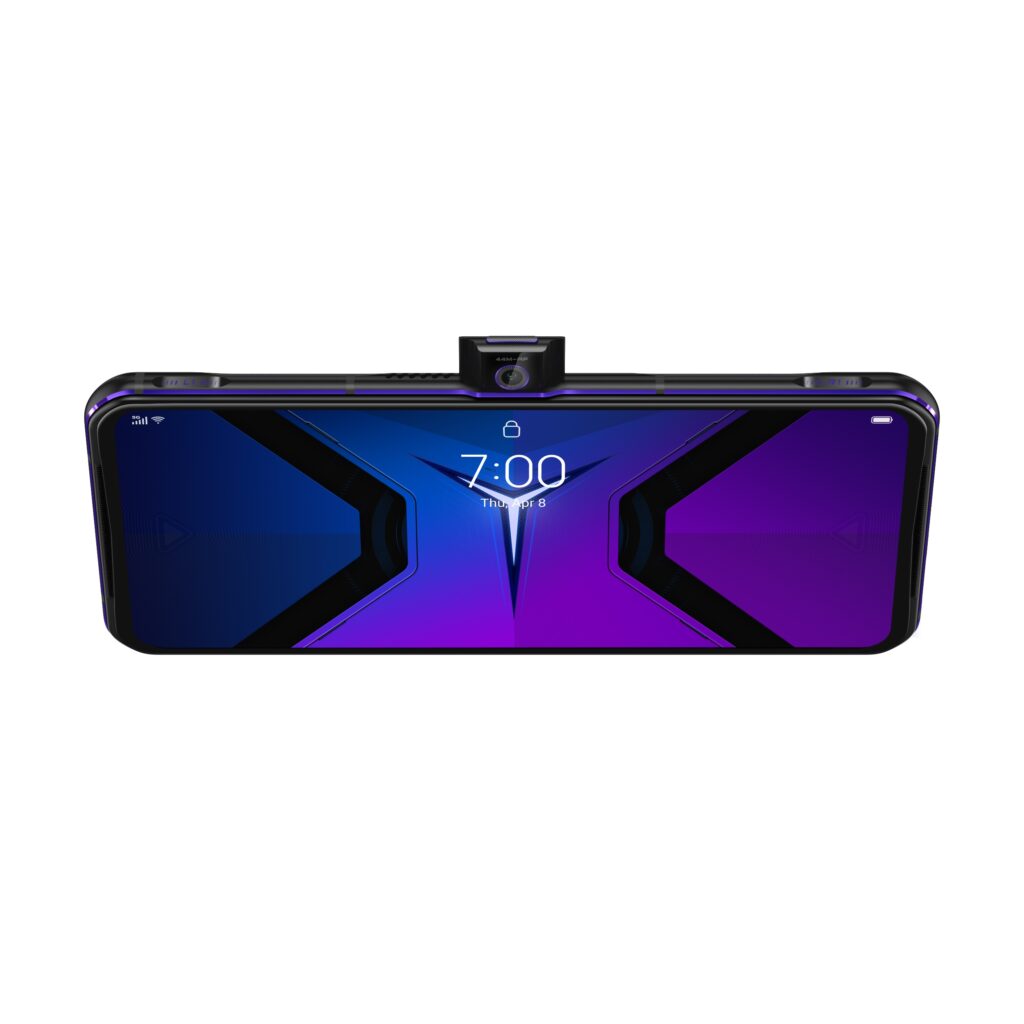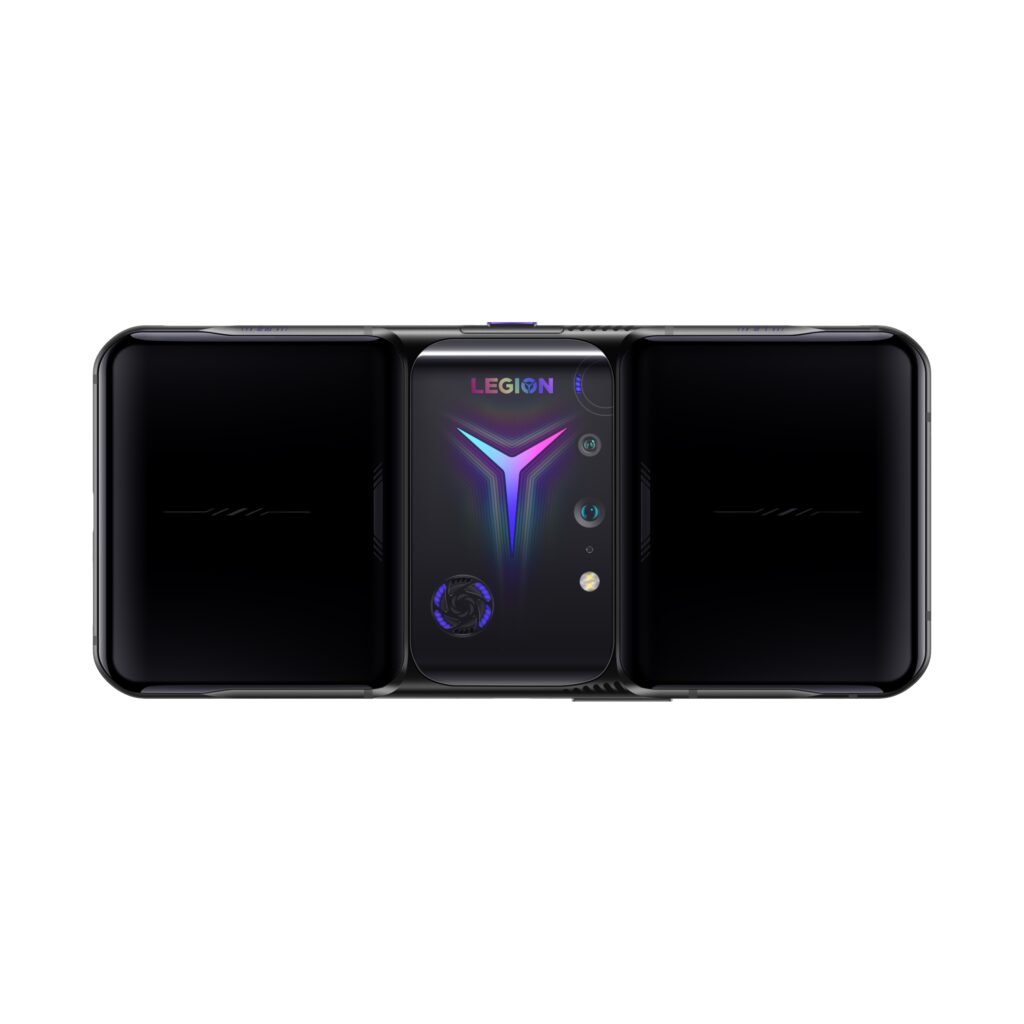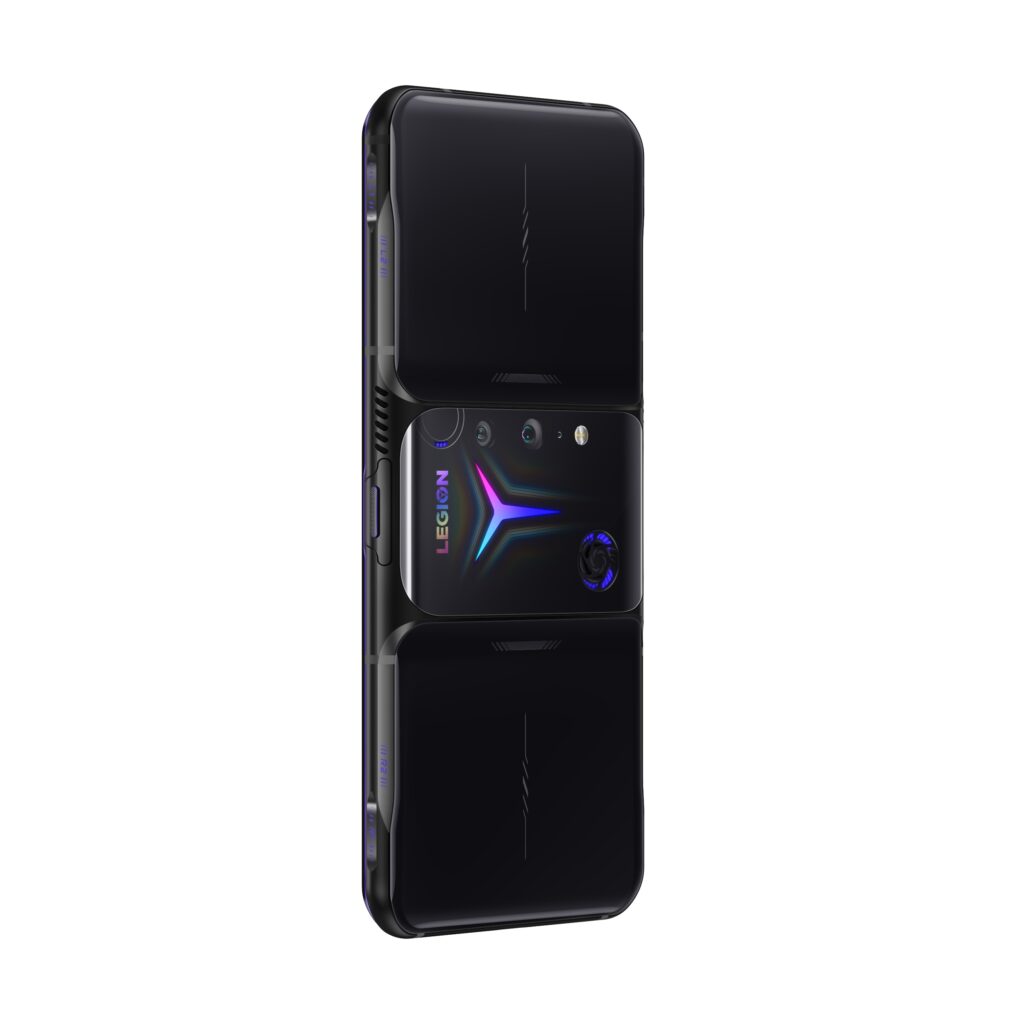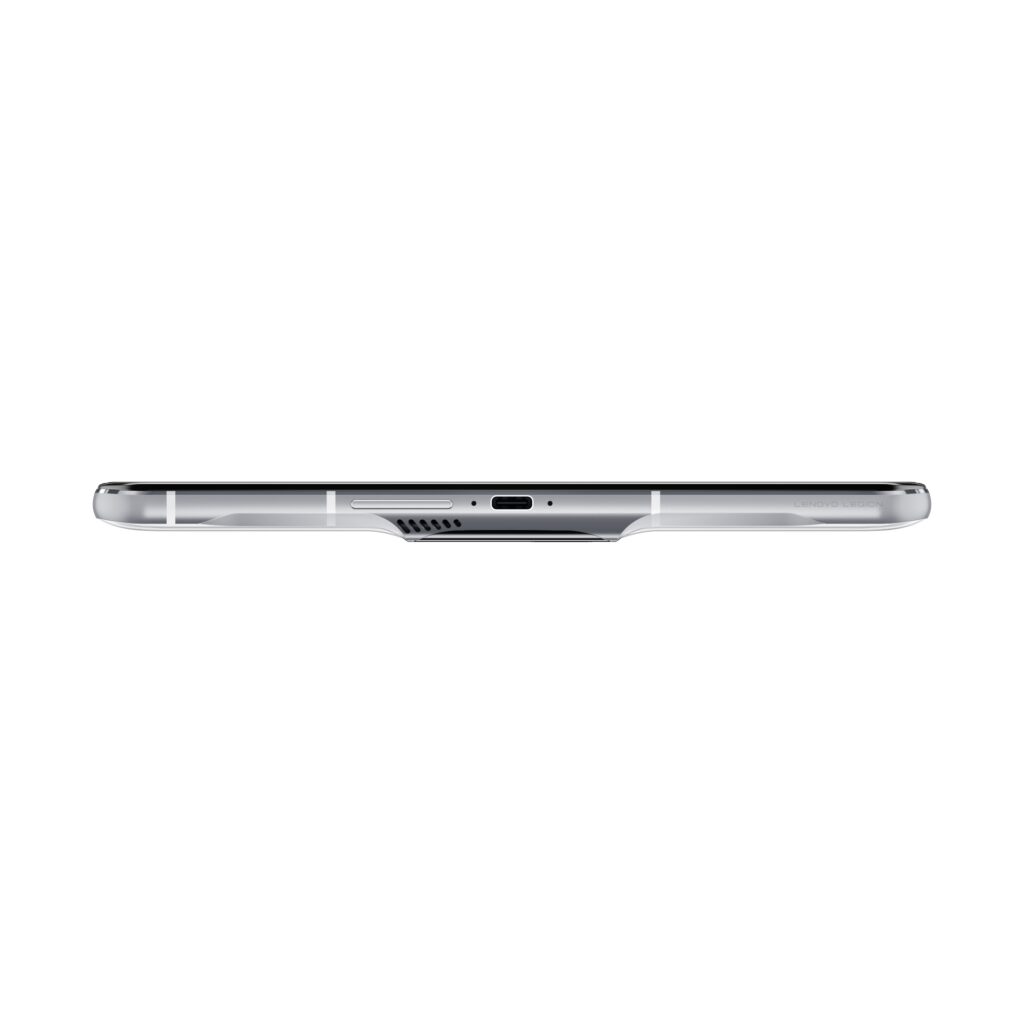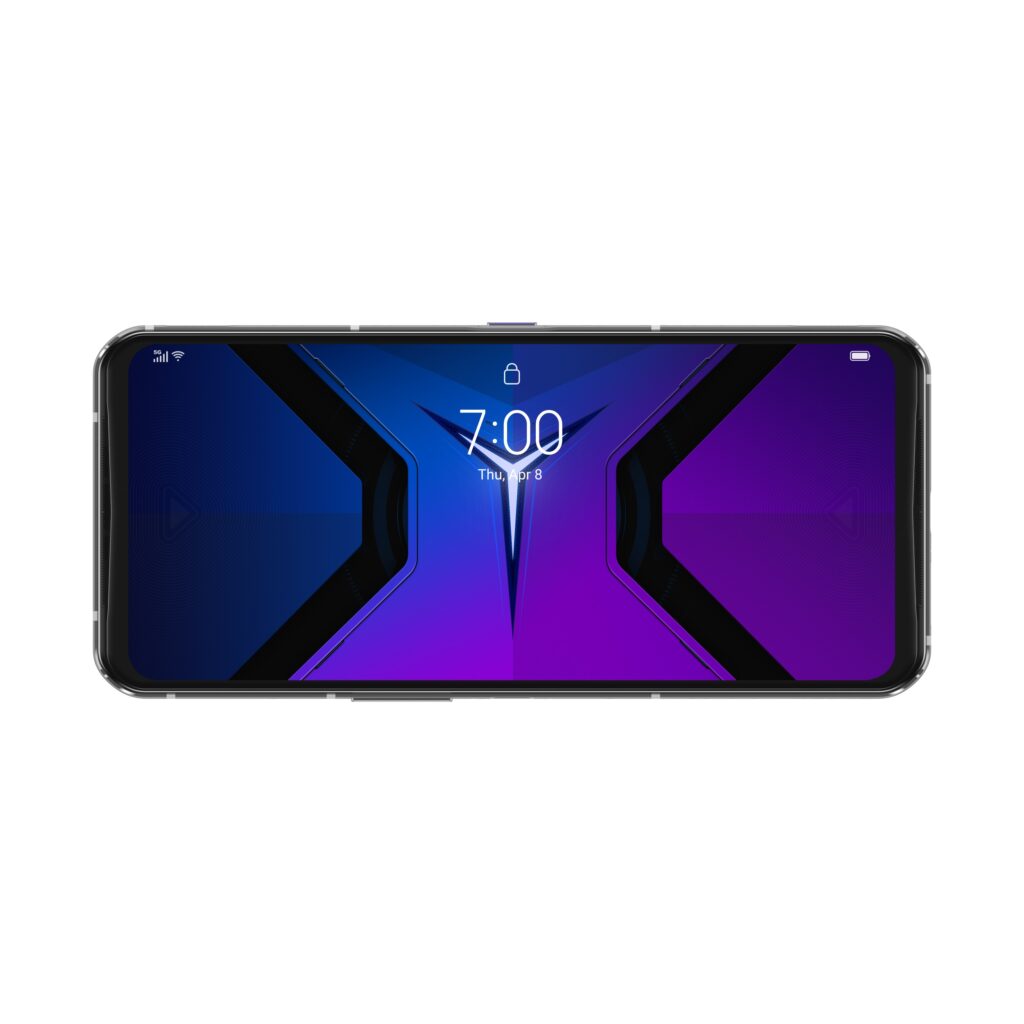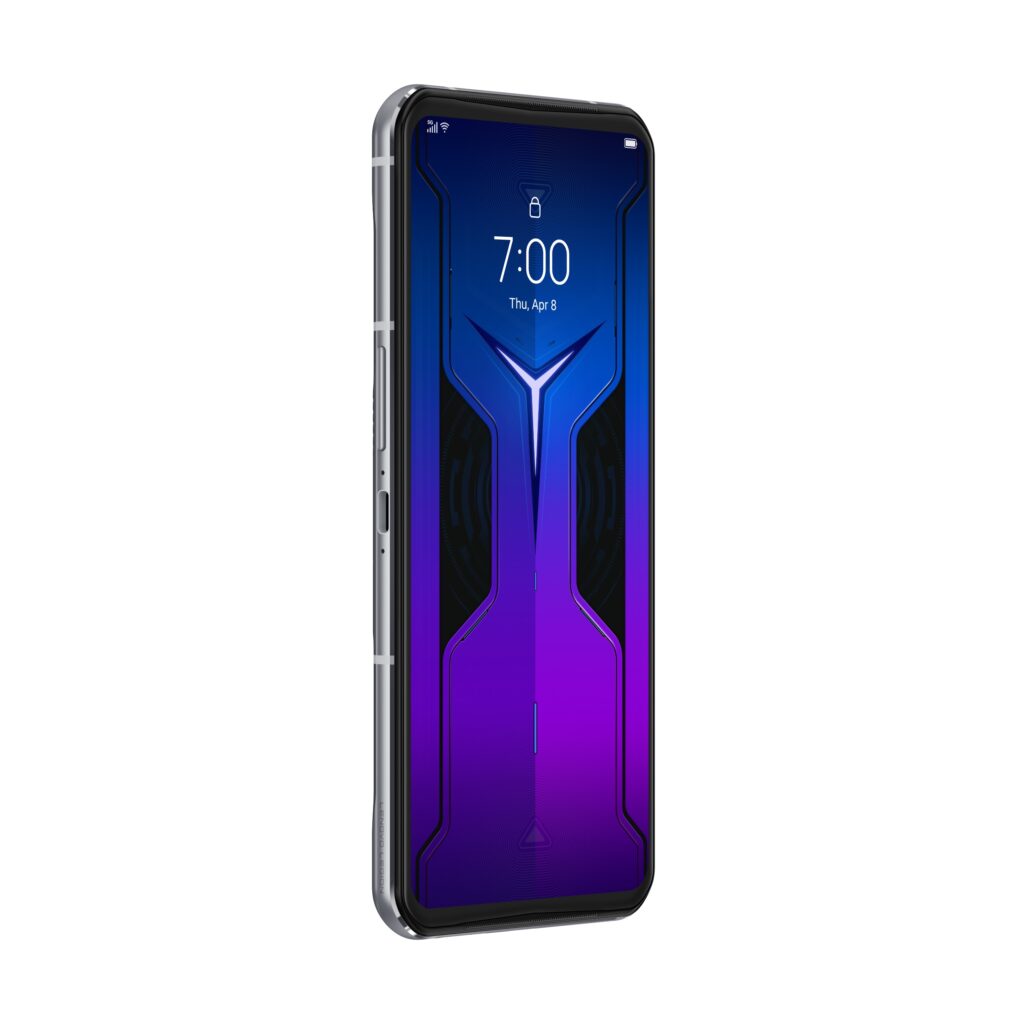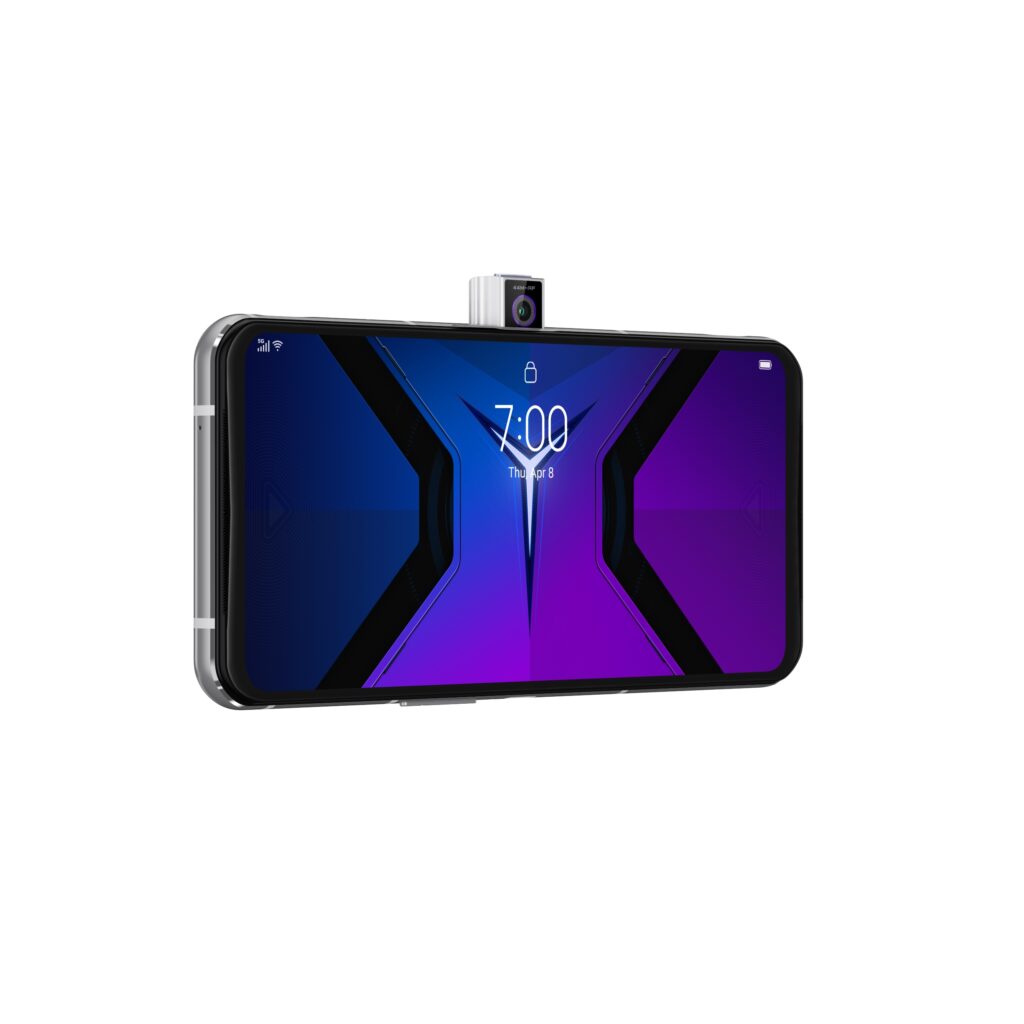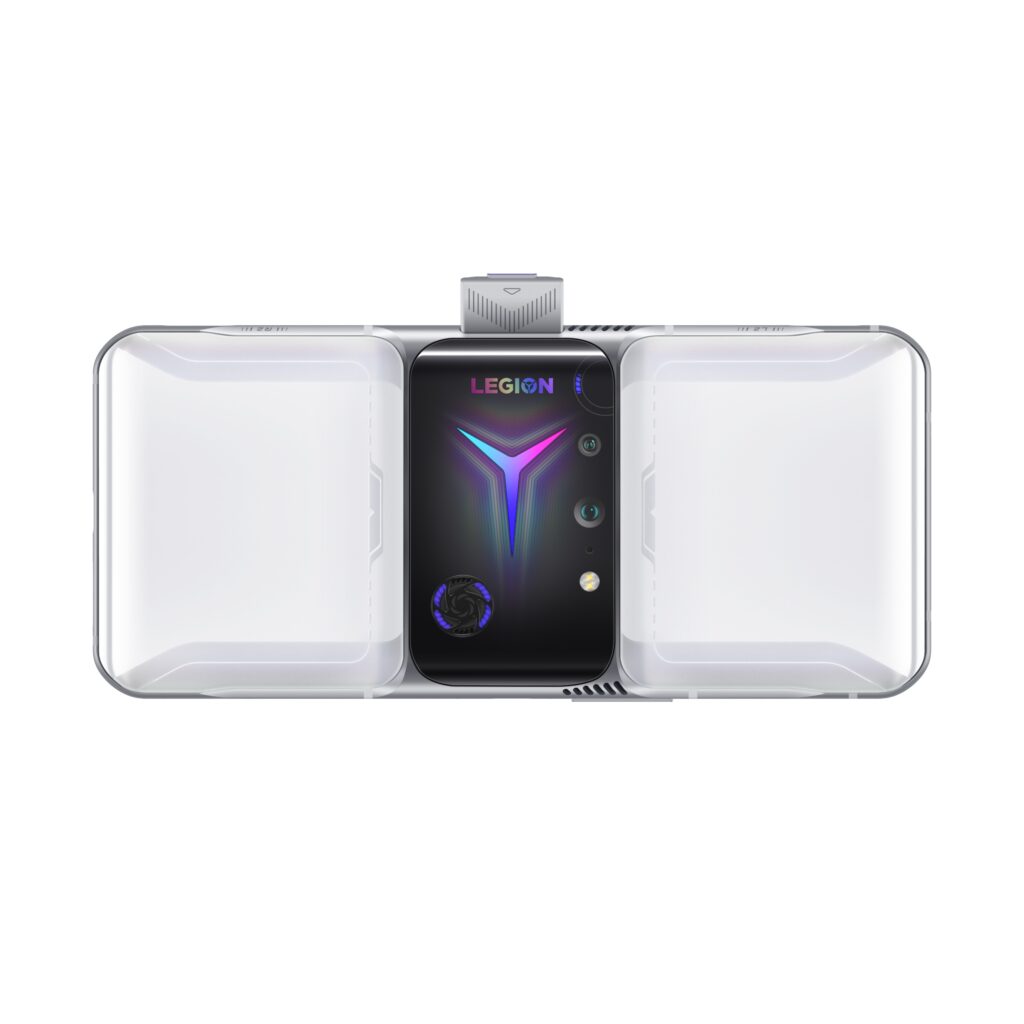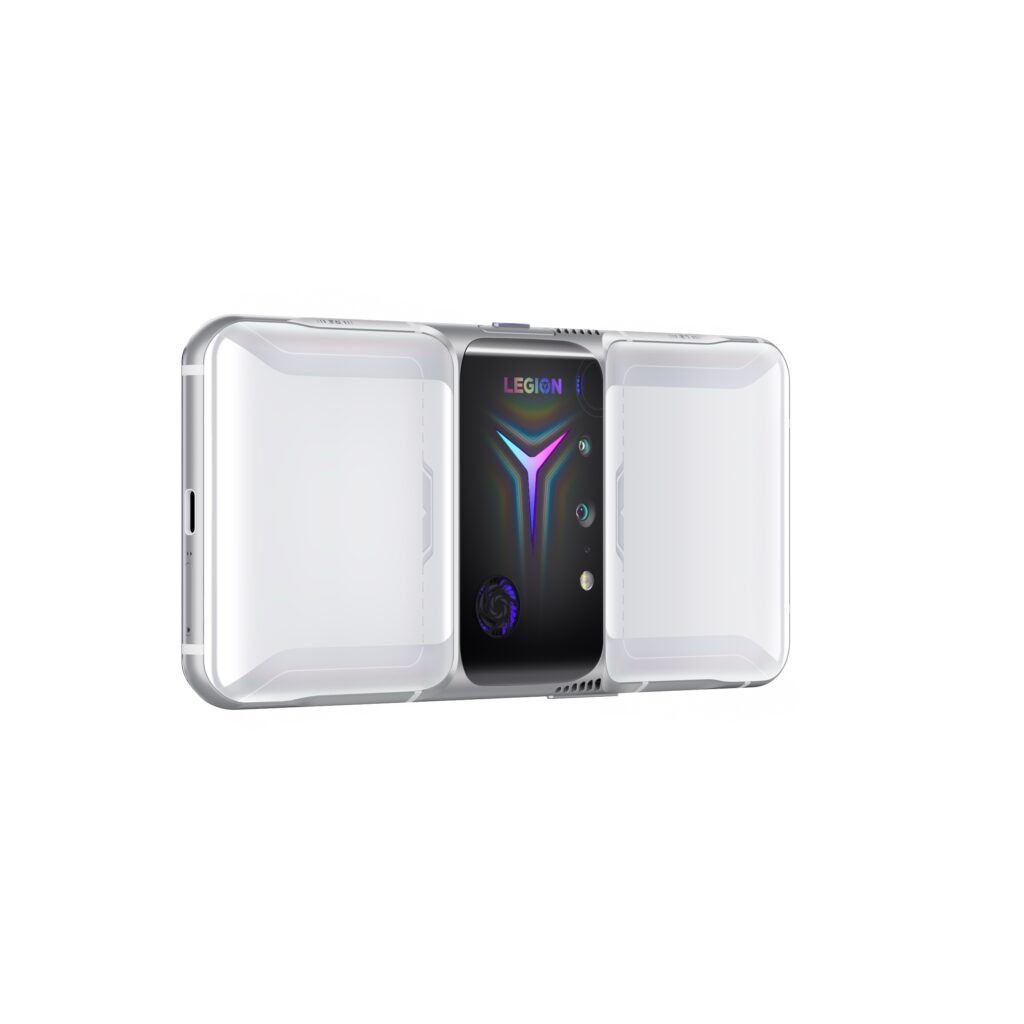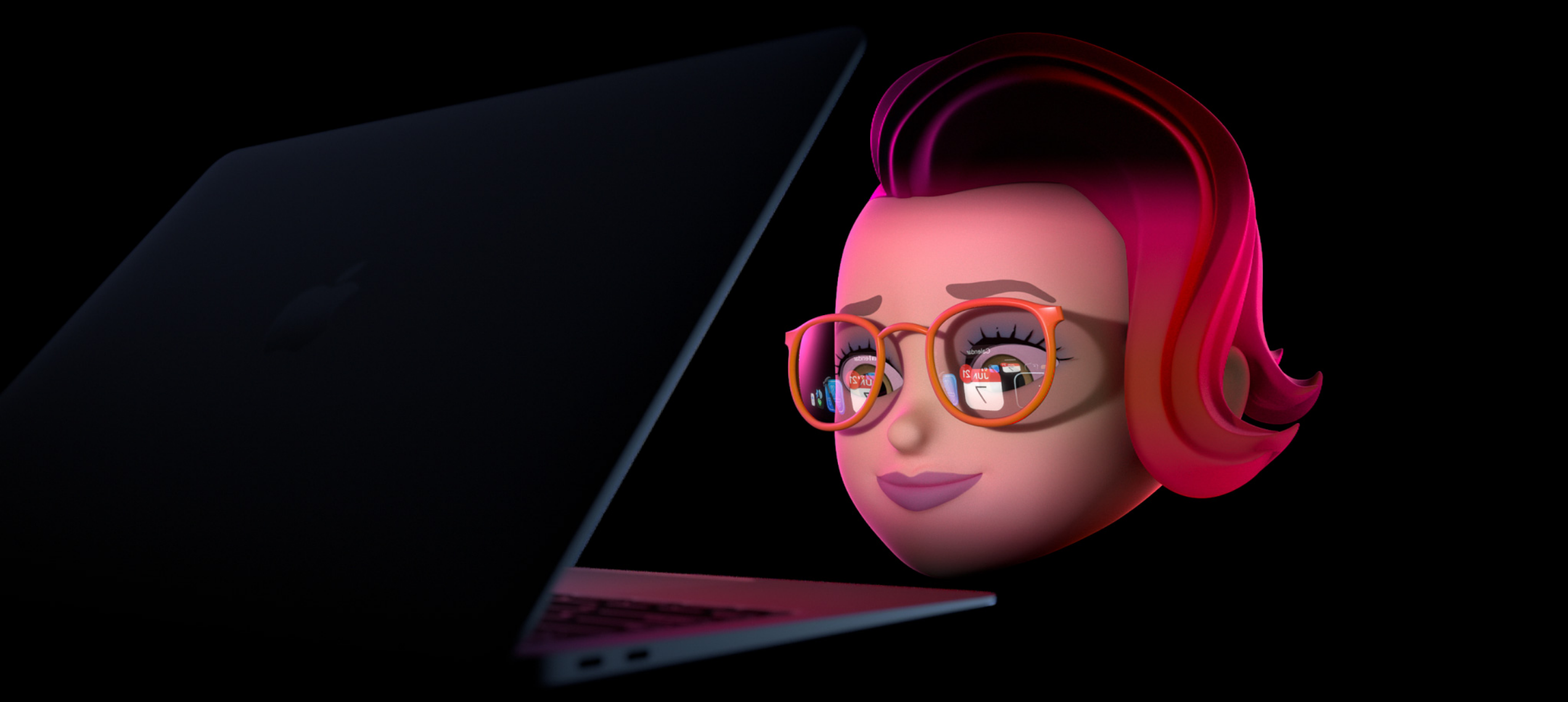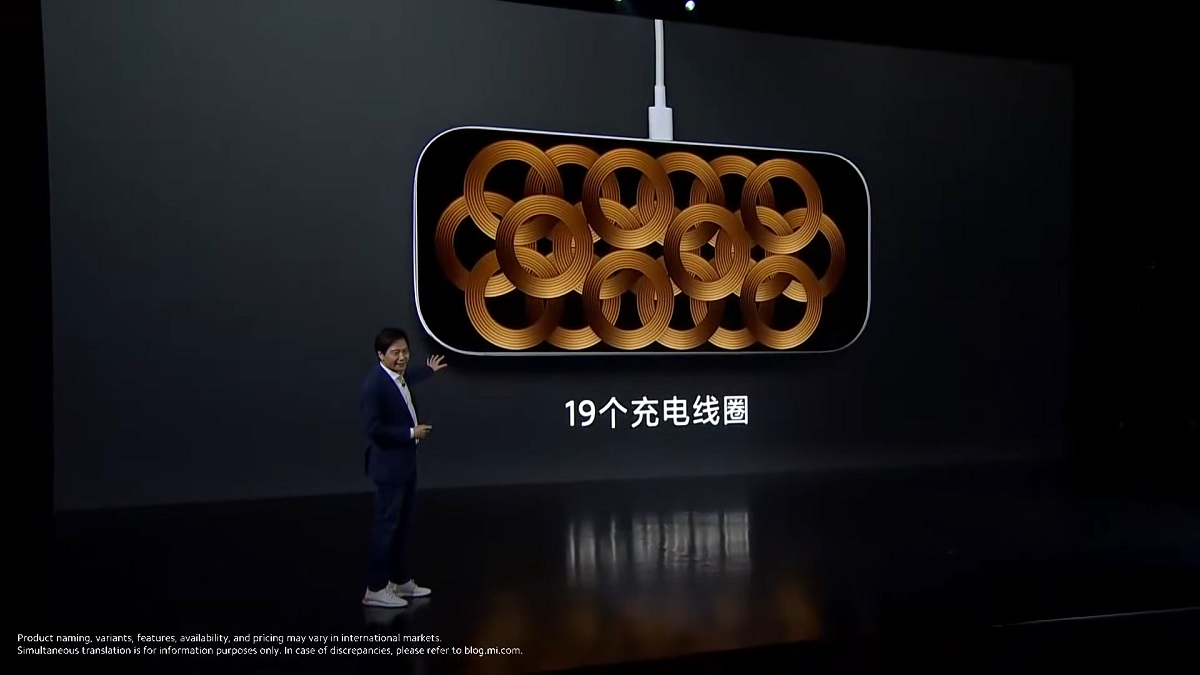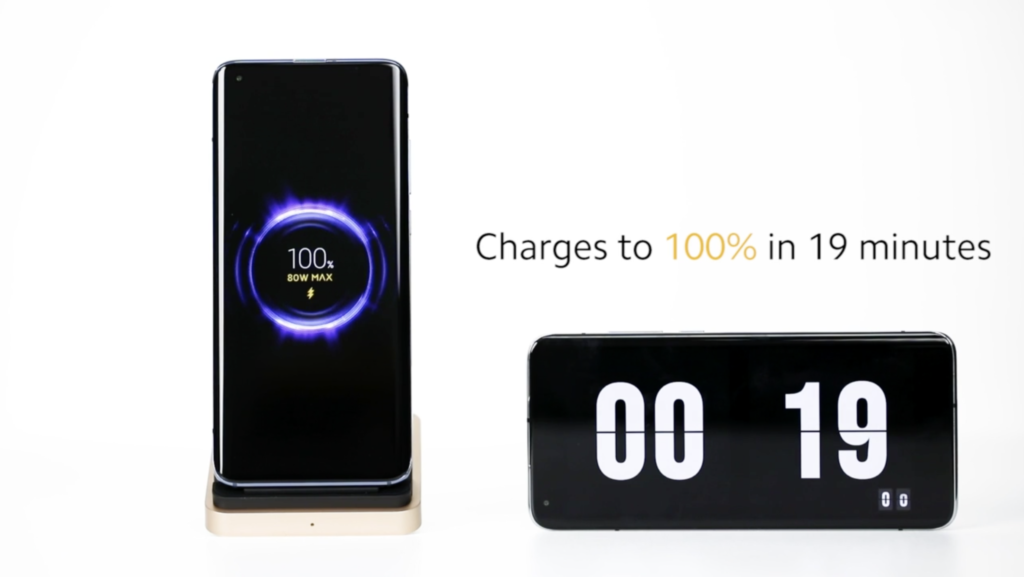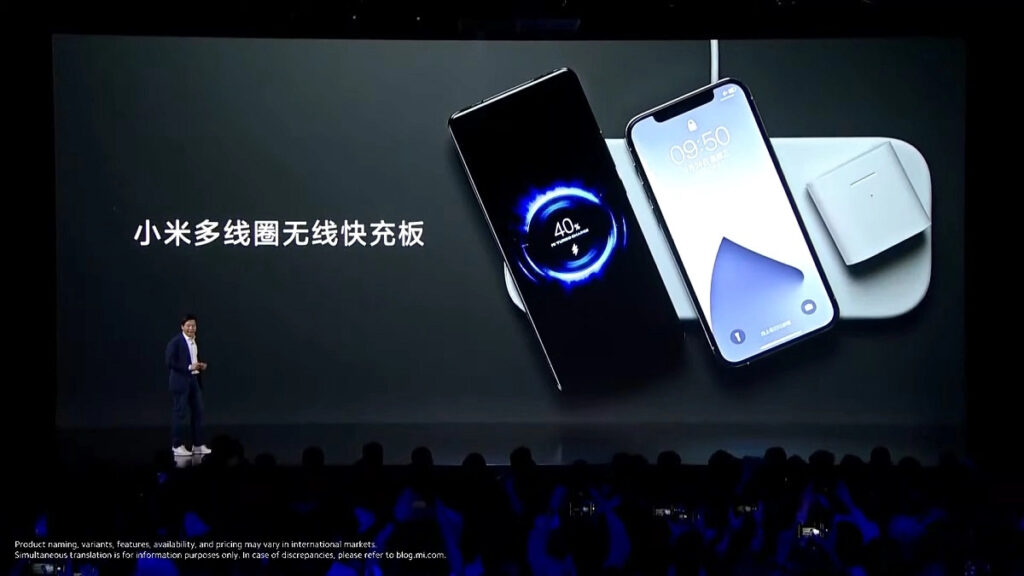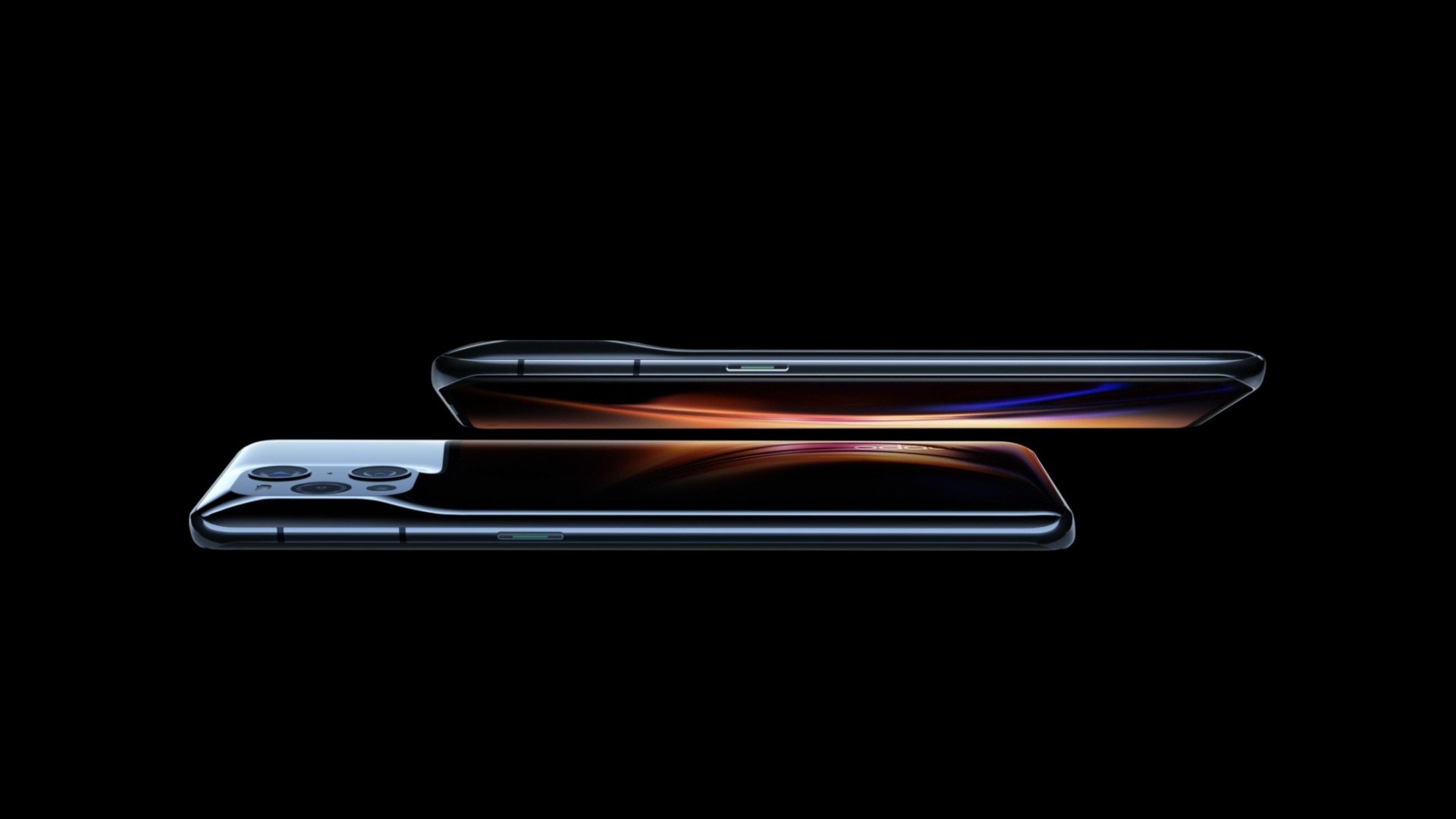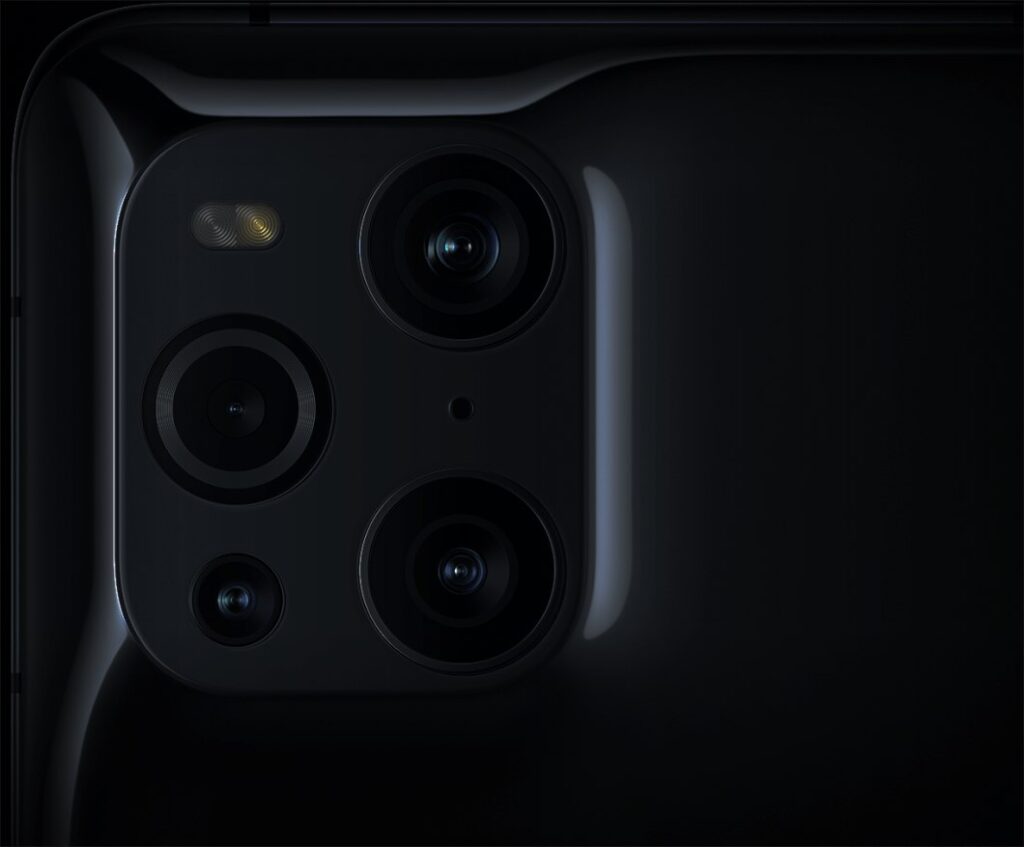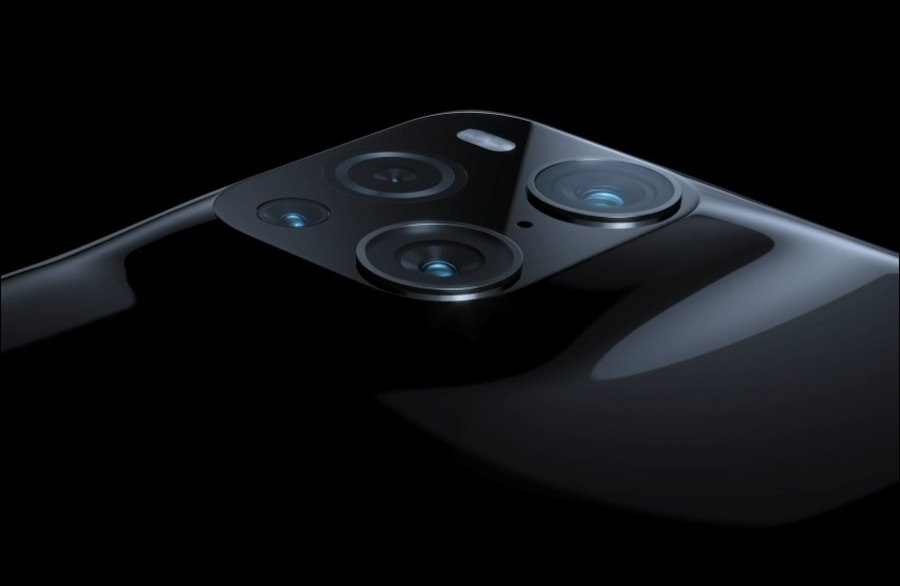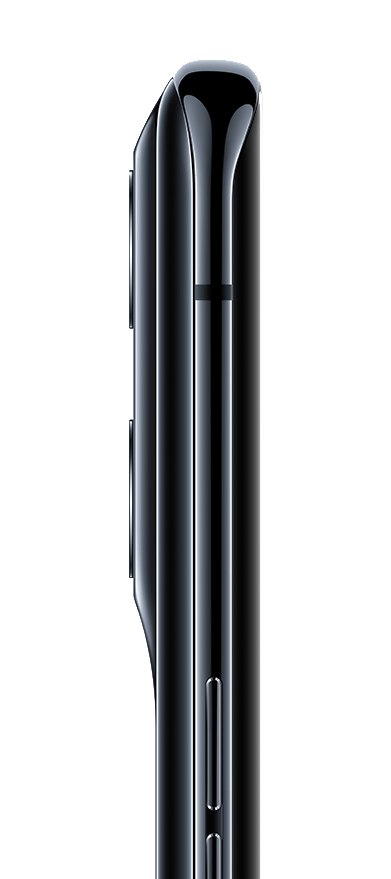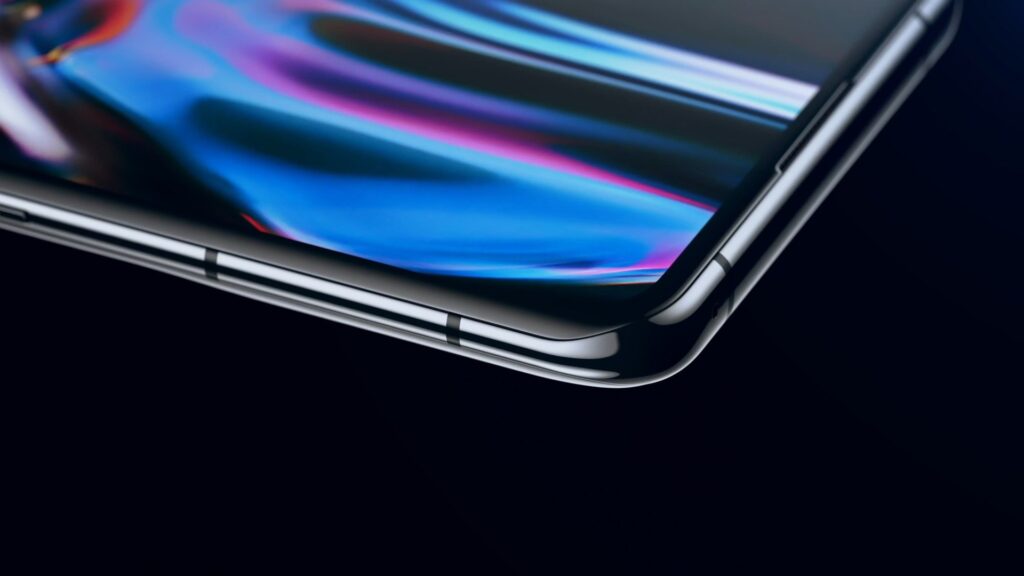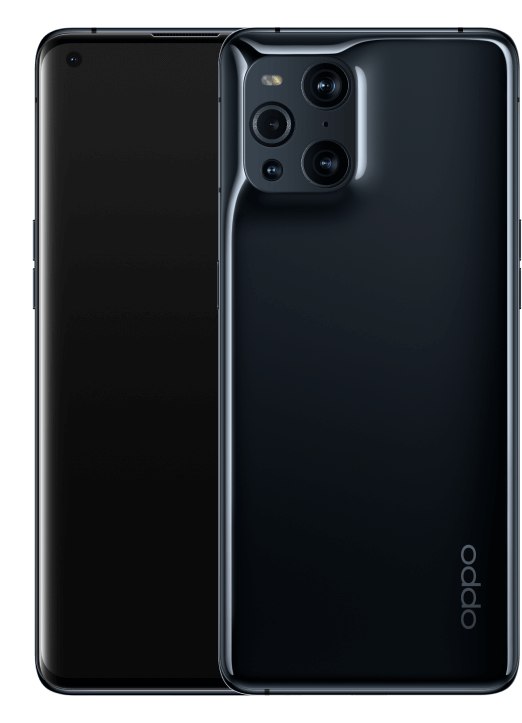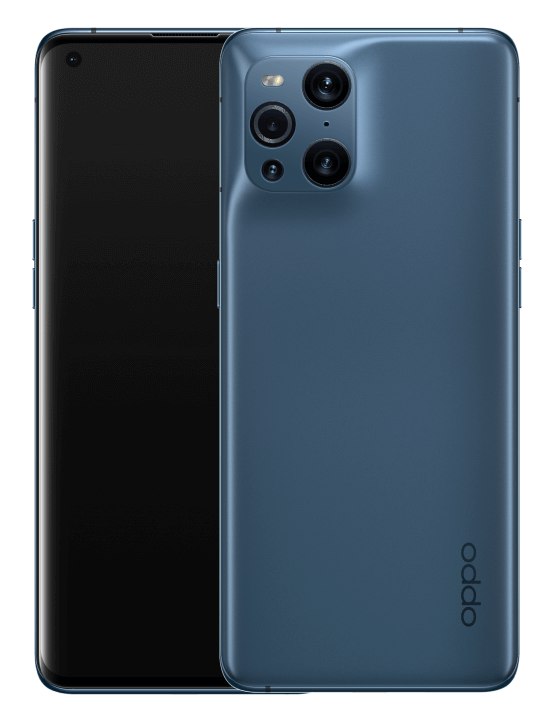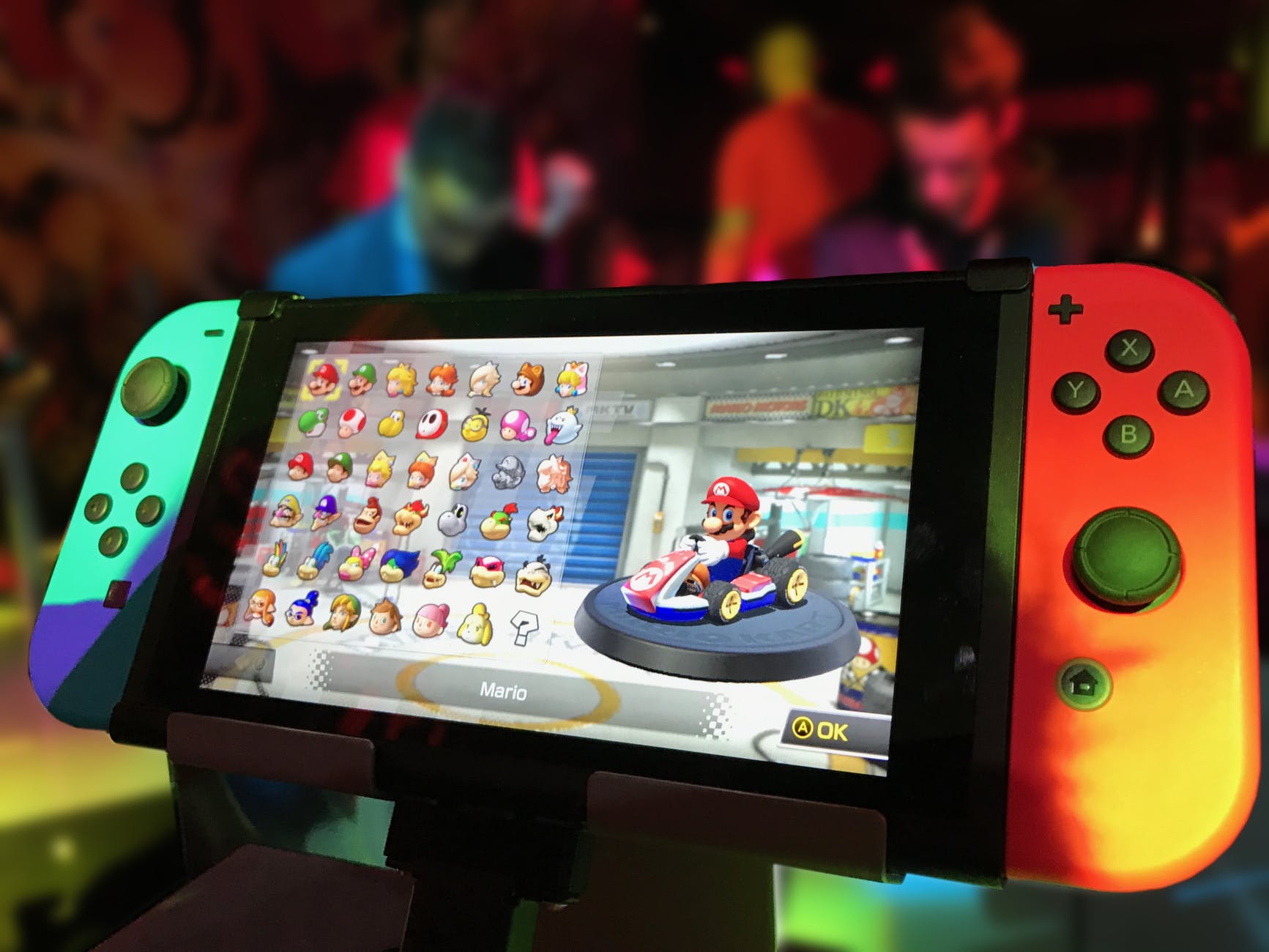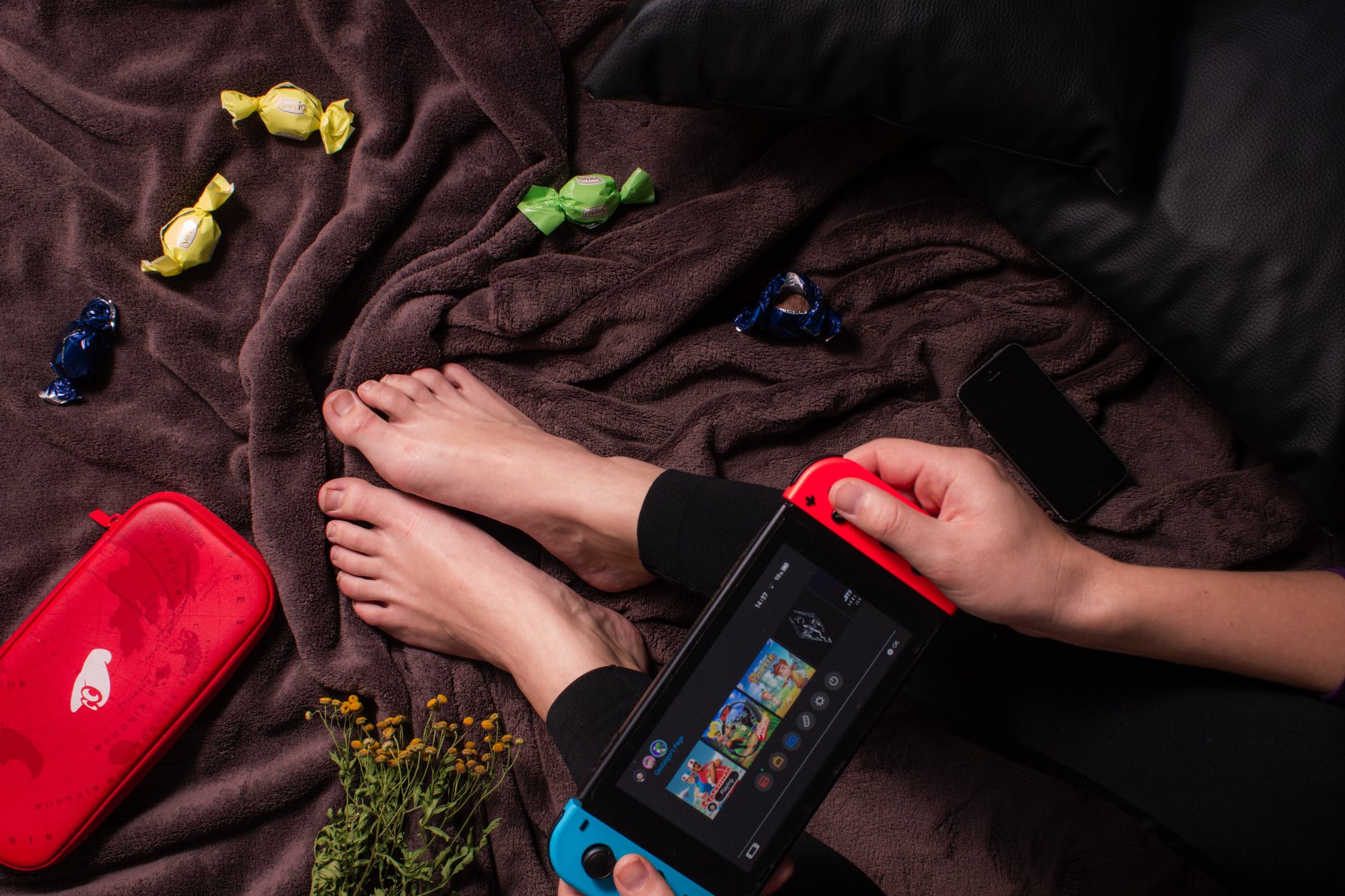If you go out to buy a modern printer off the shelf today, you would not be surprised to find printers that comes with four tanks to be filled with four different colours of ink. You get the usual Cyan, Magenta, Yellow, and Black combination (CMYK). That has been the way printers been since the early days of colour printing. Before the age of refillable tanks in modern printers, it was the age of printer ink cartridges that comes in two variants, the Black, and the Cyan, Magenta, and Yellow variant for both black and white and colour printing. You see at most two cartridges for that.
Canon has been one of the leaders in consumer printing solutions. They also have been championing refillable ink tanks solutions in modern consumer printer solutions. Refillable tanks are much cheaper to run compared to specifically built ink cartridges and can be more reliable. Our own office printer runs on refillable tanks too, in fact. We also think that the 4-tank solution is one of the best things that has come to modern consumer printers.
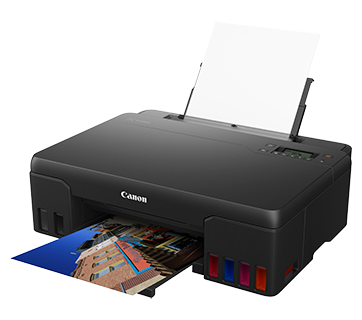
But what if you can have more tanks in your printer. What if your printer has six tanks? It seems like you can try to figure that out on your own with Canon’s PIXMA G570 and PIXMA G670 printers.
There is an additional Grey ink and Red ink tanks for both the new Canon PIXMA printers. One of the added benefits to that the printer is now able to produce more prints than before, especially coloured prints thanks to the added overall storage volume of the tanks. Of course, you would have to spend a little bit more than before when you refill, because two extra tanks. You get up to 3,800 sheets of 4 x 6 photo prints from one set of included ink.
The other benefit to printing with two extra colours on the printer is better colour reproduction never seen before in this type of printers. If you compare the modern 4-tank ink printers to the likes of laser printers, or even cartridge-based printers, the colour prints from 4-tank ink printers tend to be a little washed out and less vivid, especially where you see red. The additional Red and Grey ink sets are supposed to add some extra colour details where it was not possible before with the CMYK arrangement. The effects will be more apparent if you use photo paper obviously.
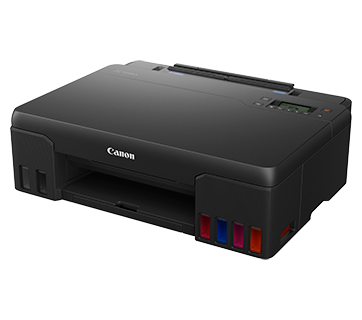
Of course, the Canon PIXMA G570 and PIXMA G670 retains all the smart features of a modern printer. You can use the Canon PRINT Inkjet or SELPHY smartphone app to print directly from your smartphones as usual. You can also connect PIXMA G570 and G670 to your office network and cloud storages for remote printing and even scanning purposes via PIXMA Cloud Link.
If you download the Canon Easy-PhotoPrint Editor app on iOS, Android, Windows and even Mac OS, you can edit your photos and add all sorts of filters first before you send it to the printer for a quick print. You can use the app as well to create calendars, postcards, business cards, and more. The Canon PosterArtist Lite app on Windows can also help you quickly create posters from over 1,300 templates, photos, and clipart.
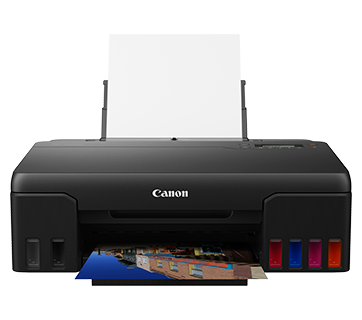
The Canon PIXMA G570 and G670 will be available today onward from all Canon’s authorised retailers, official stores, and partnering online stores today onward. The Canon PIXMA G570 will set you back MYR 1,229 while the PIXMA G670 will retail at MYR 1,529. For more information on the new Canon PIXMA printers with six ink tanks, you can visit Canon’s website.
